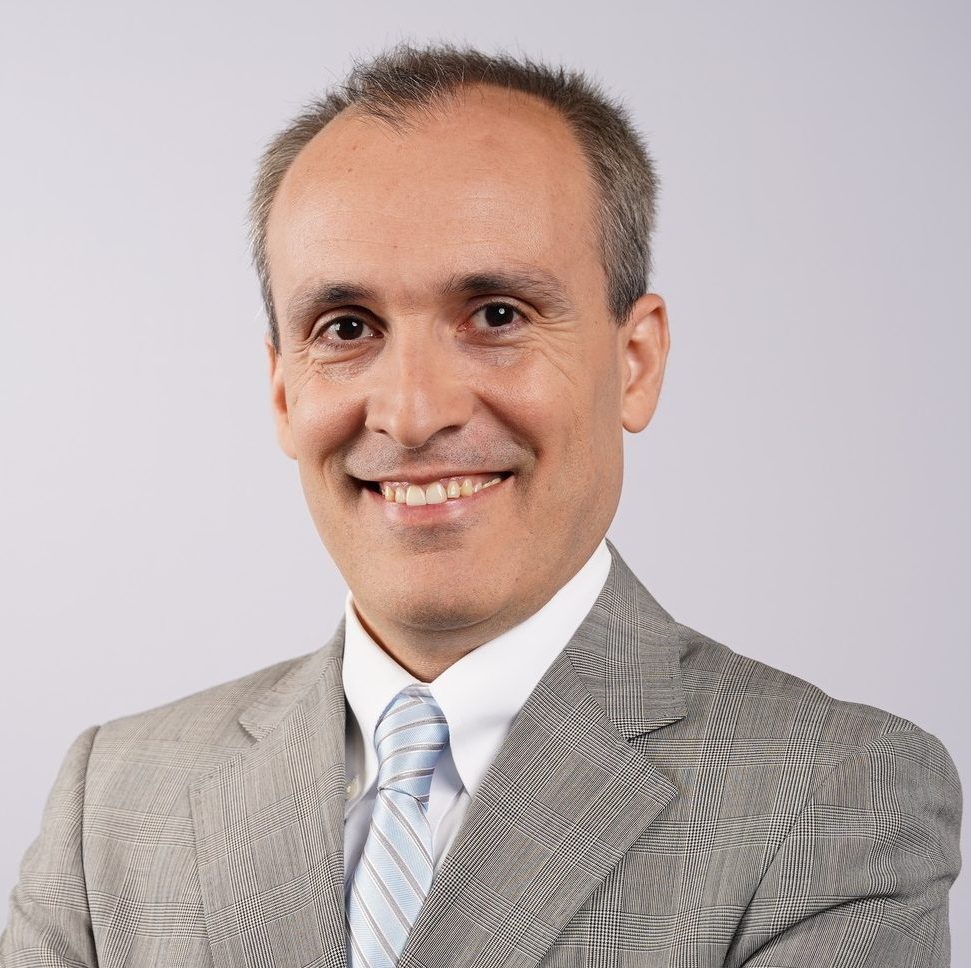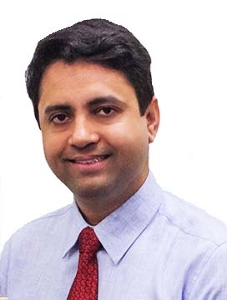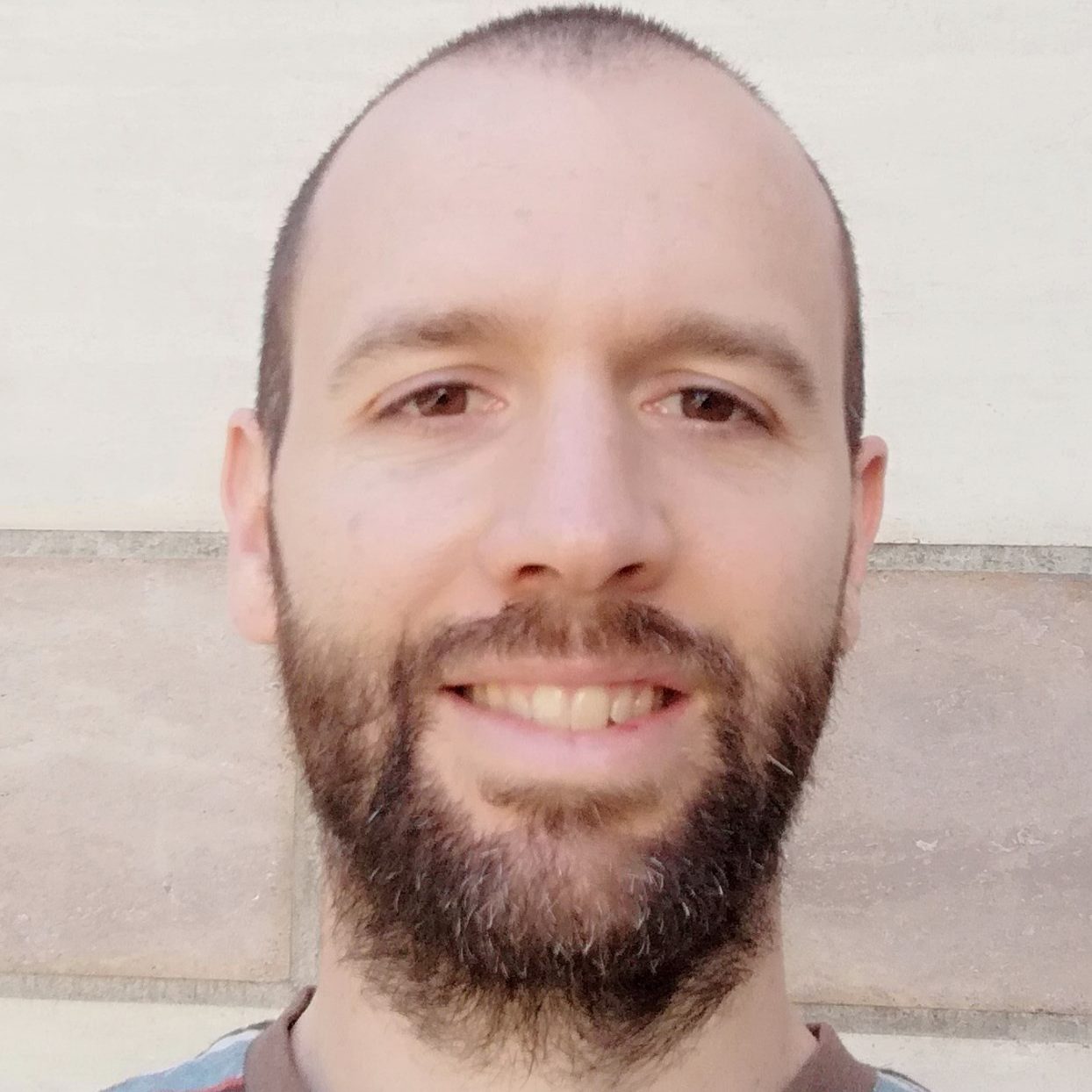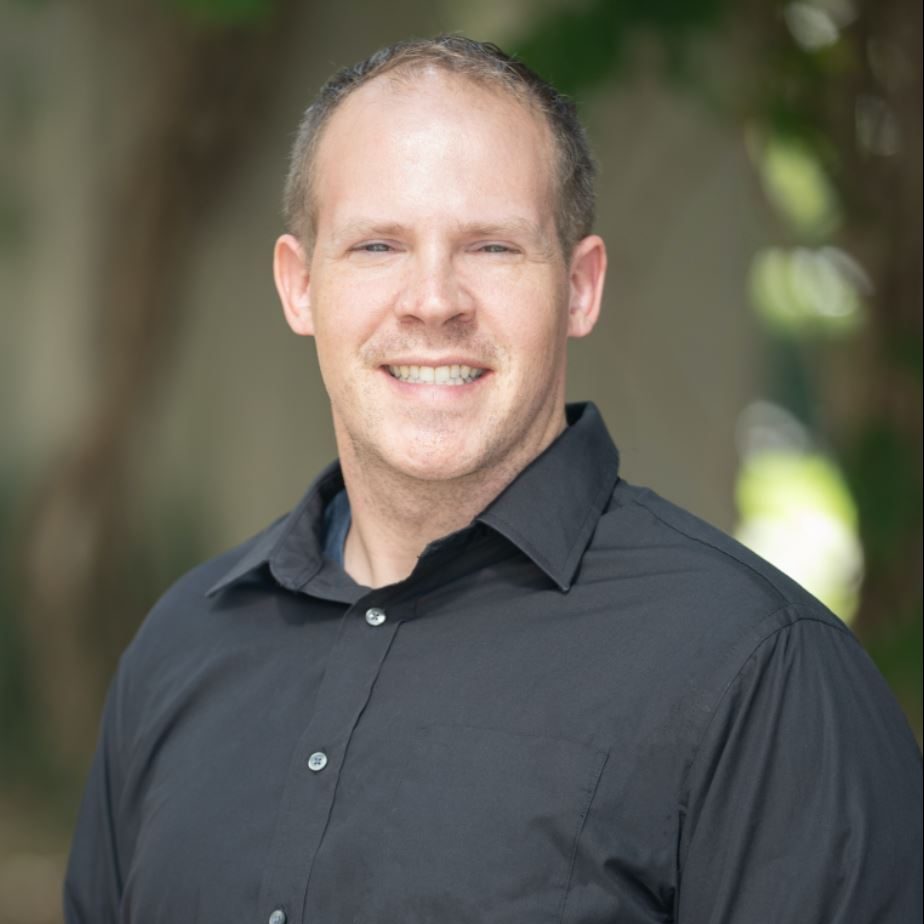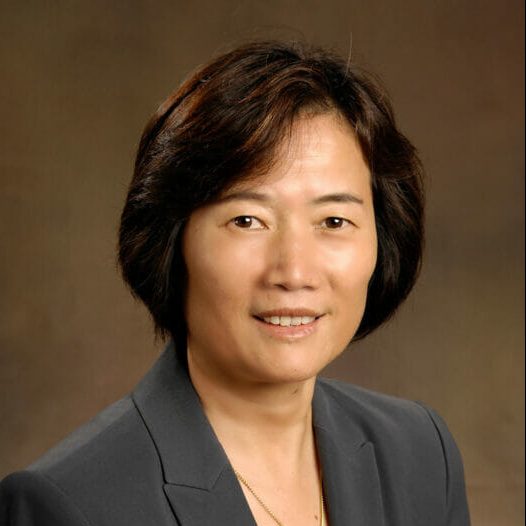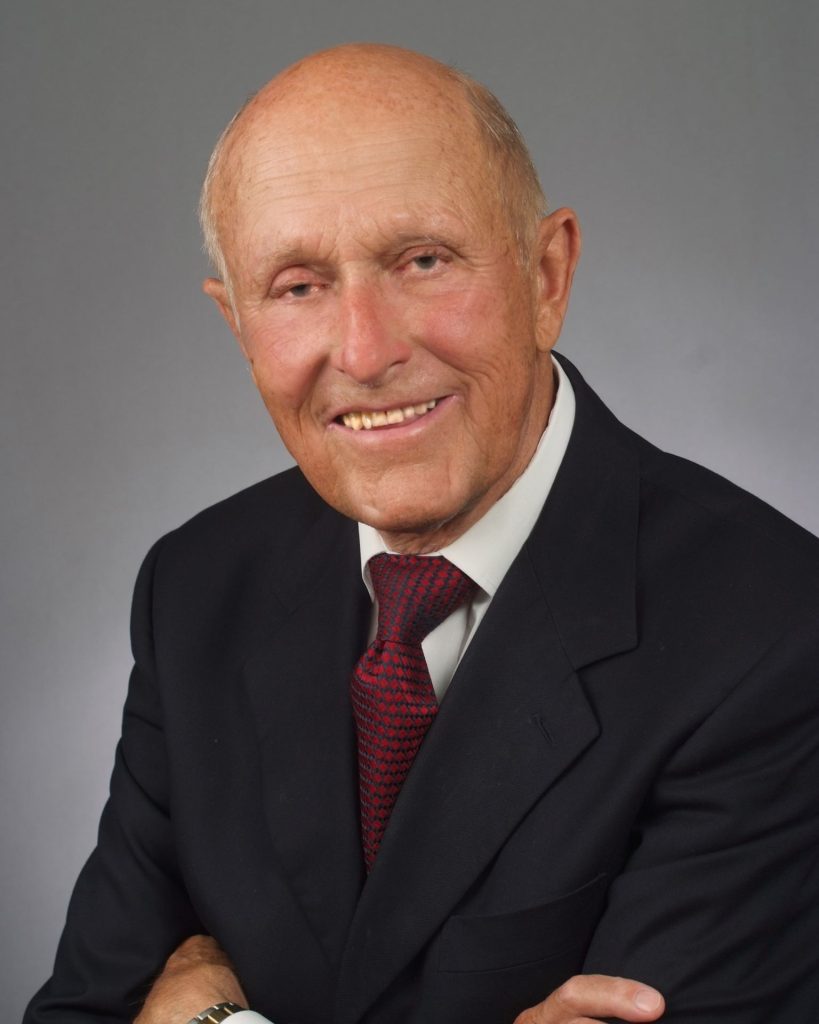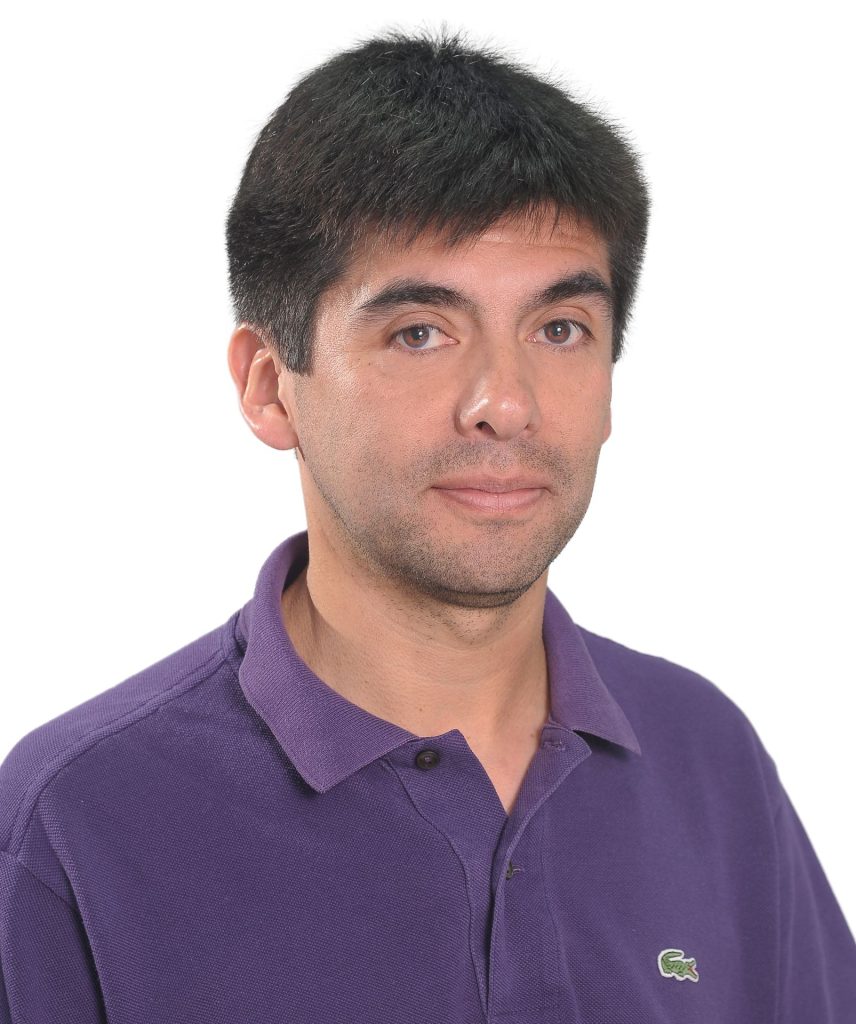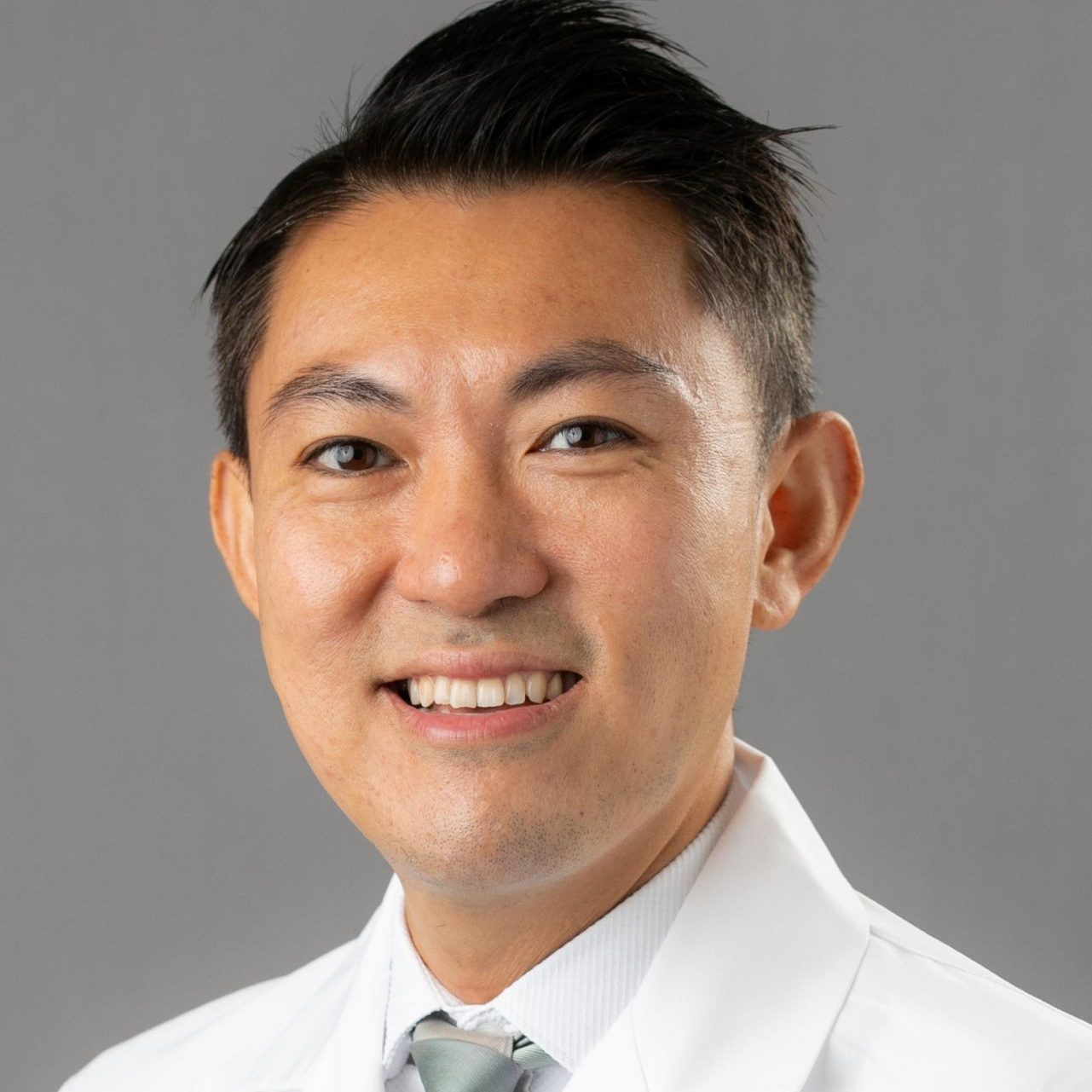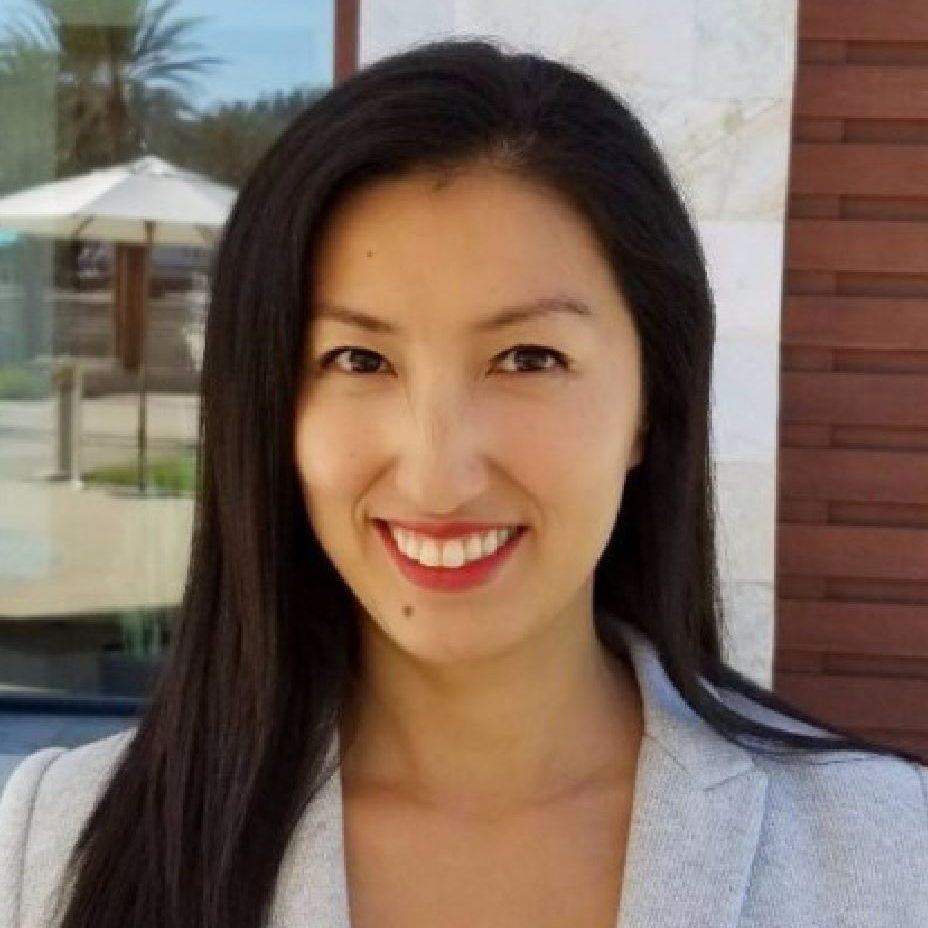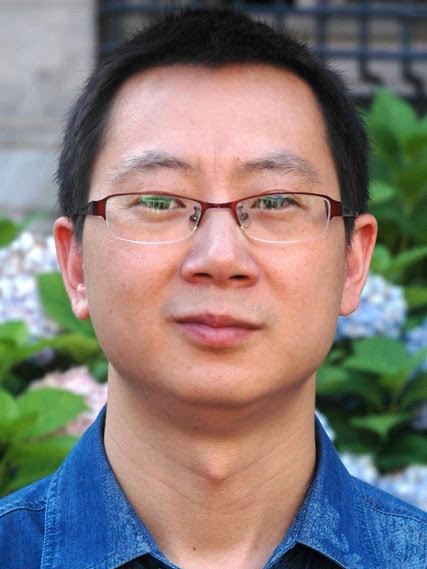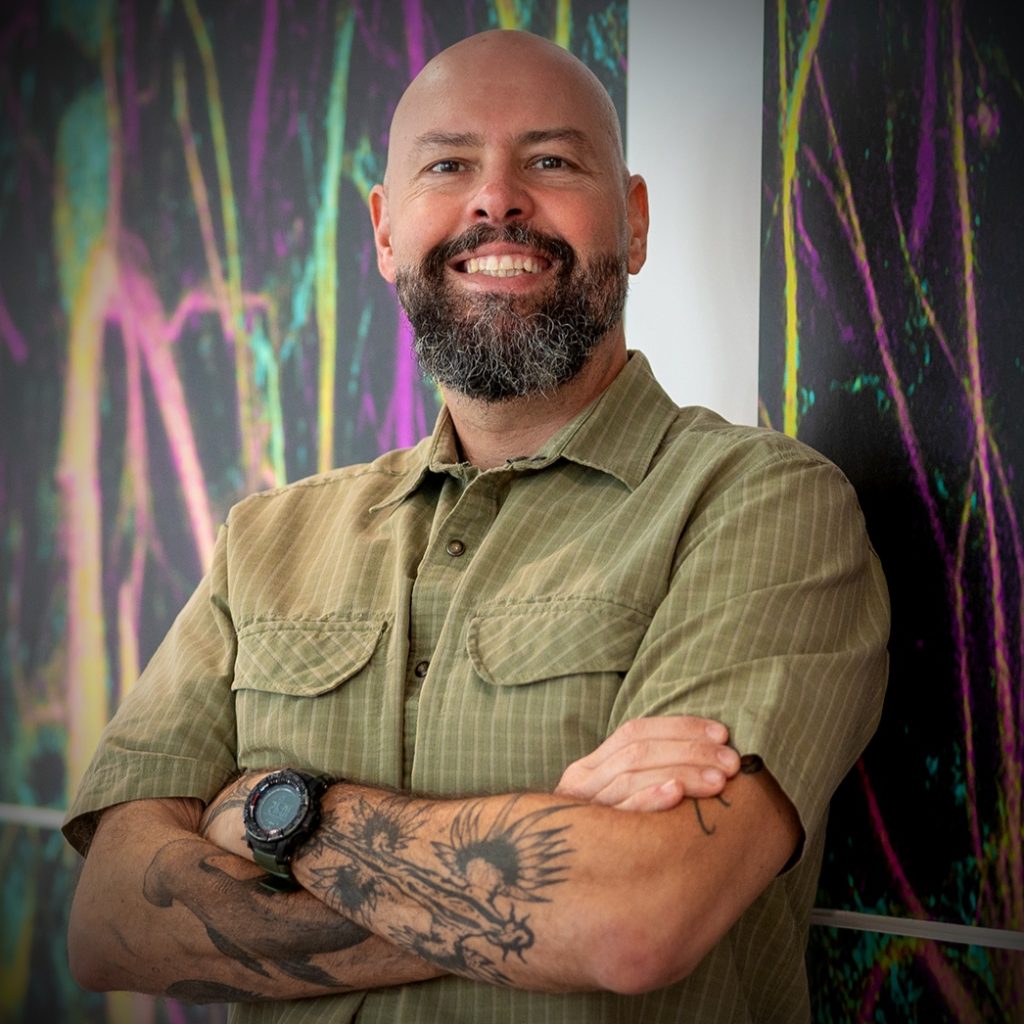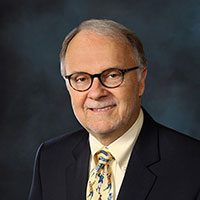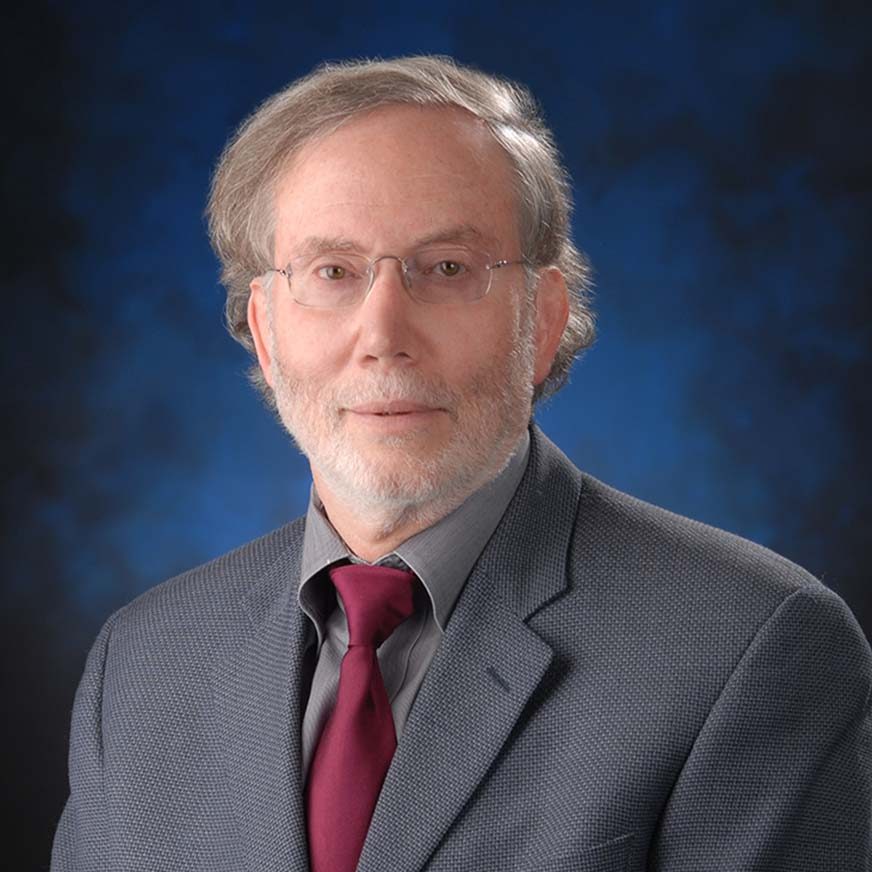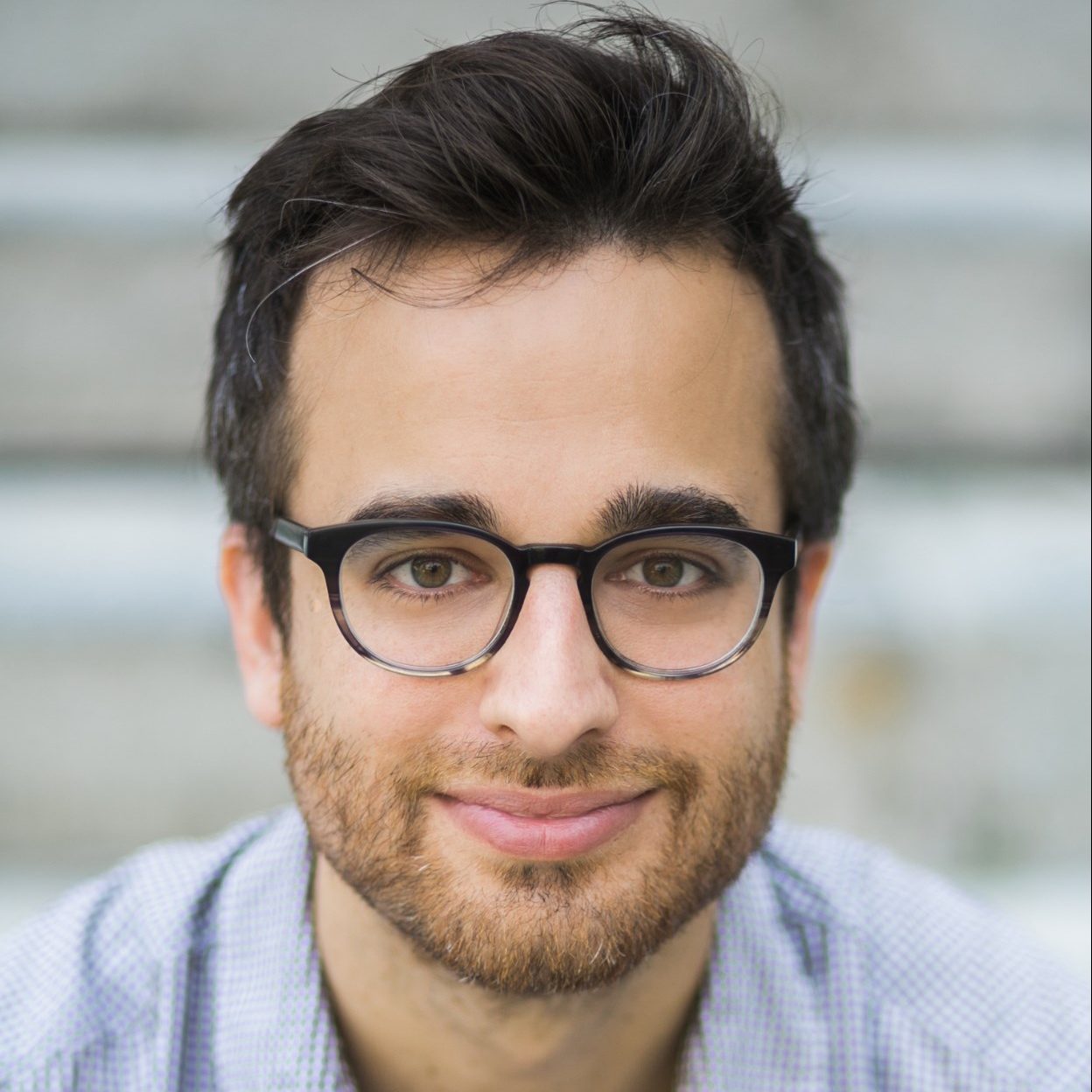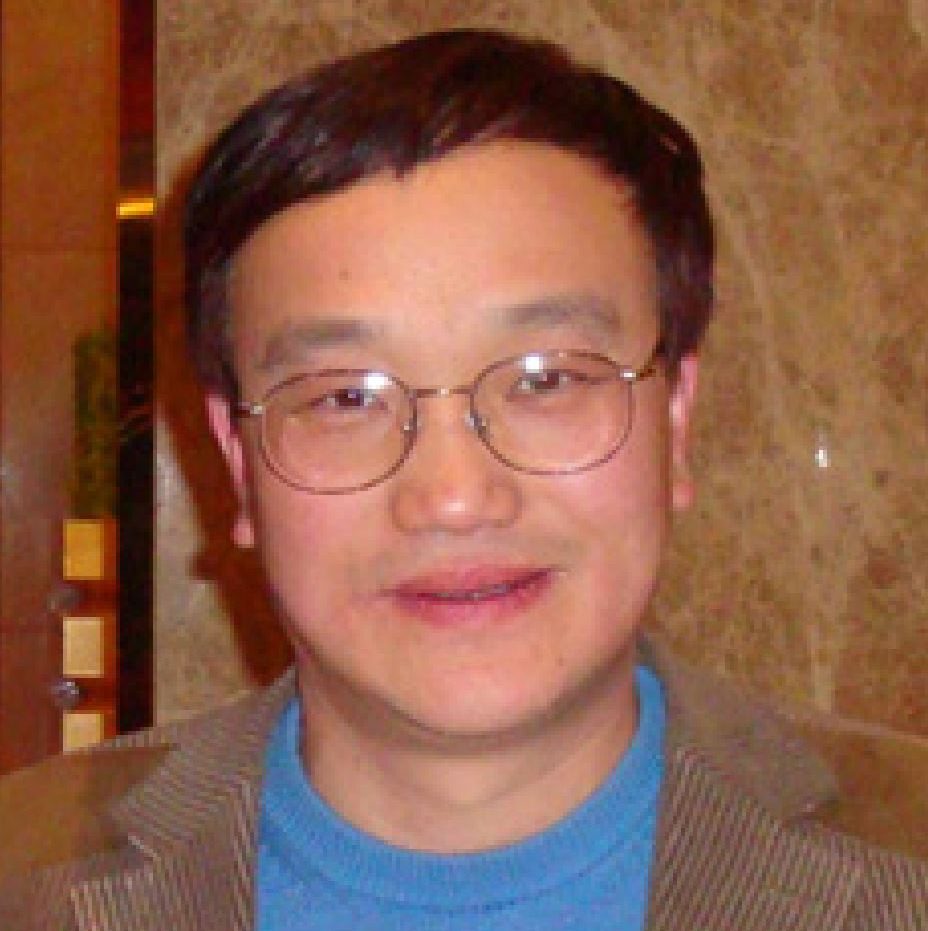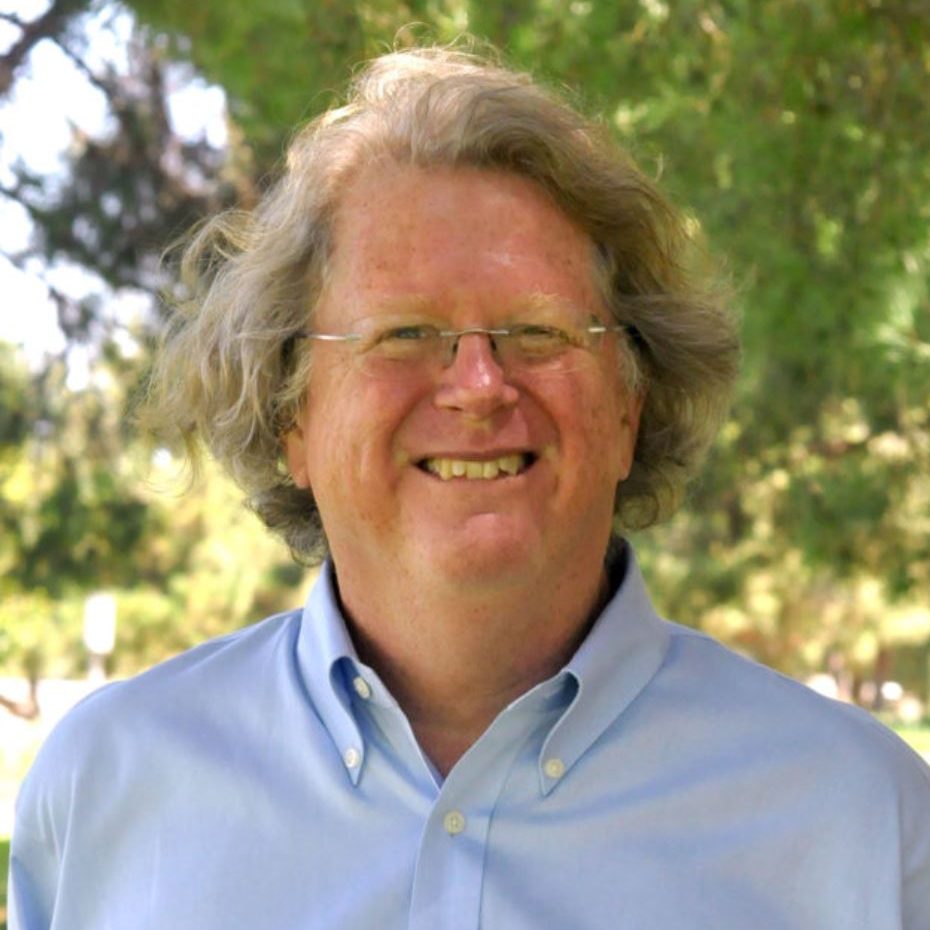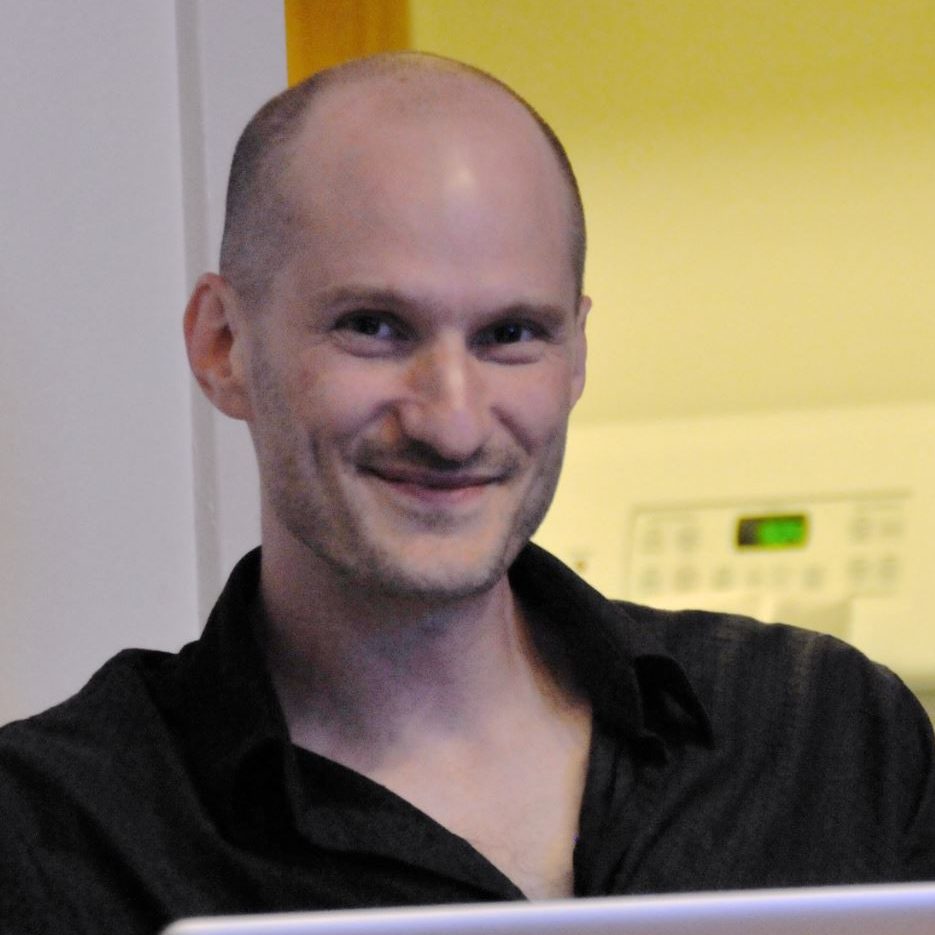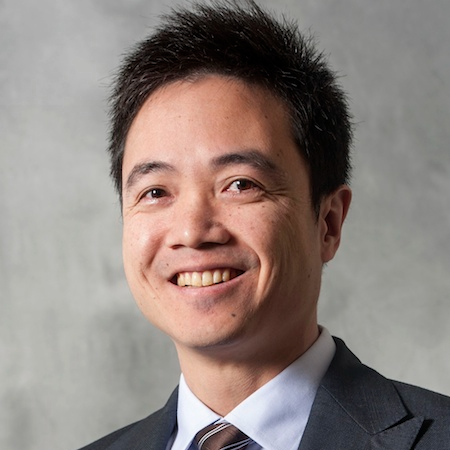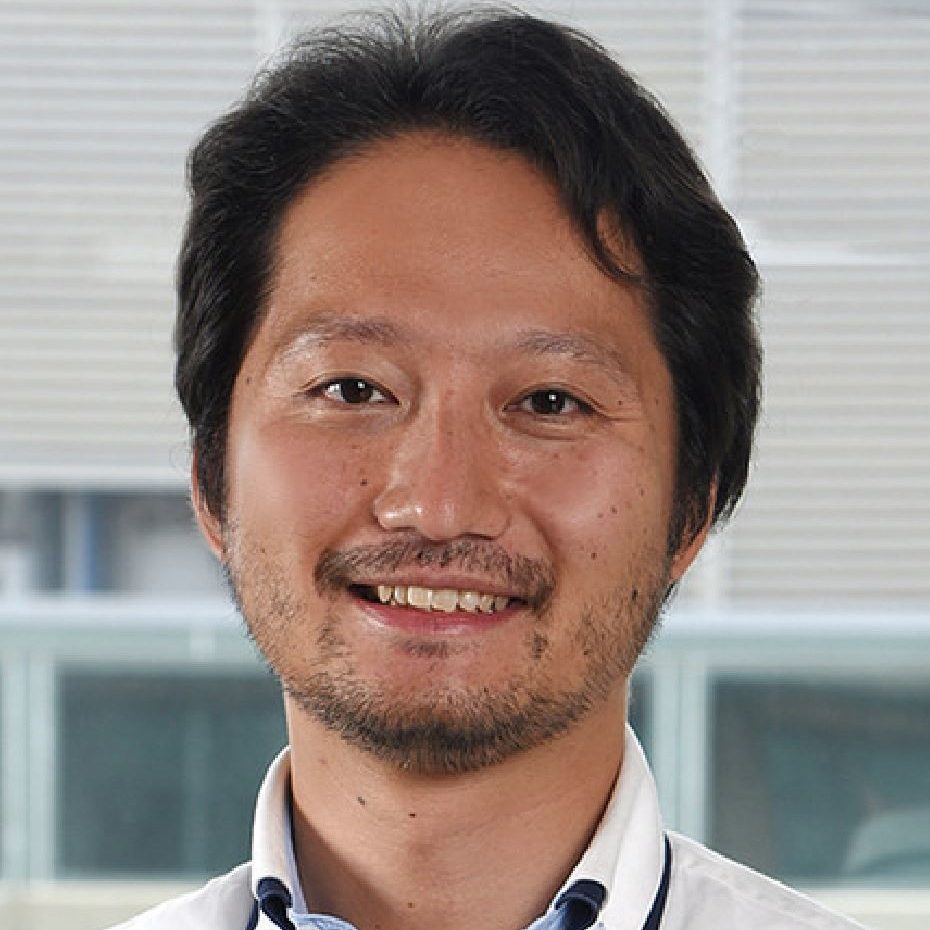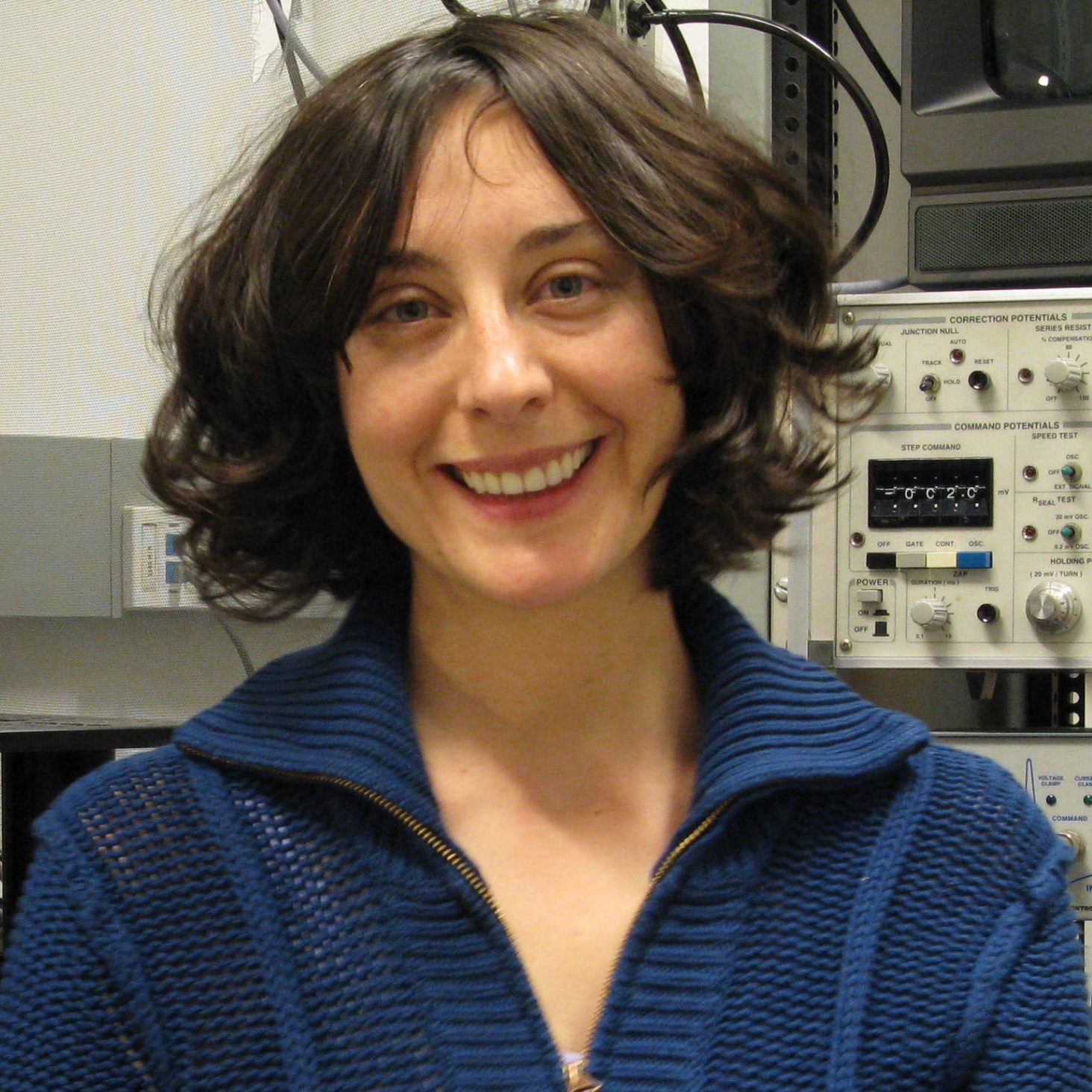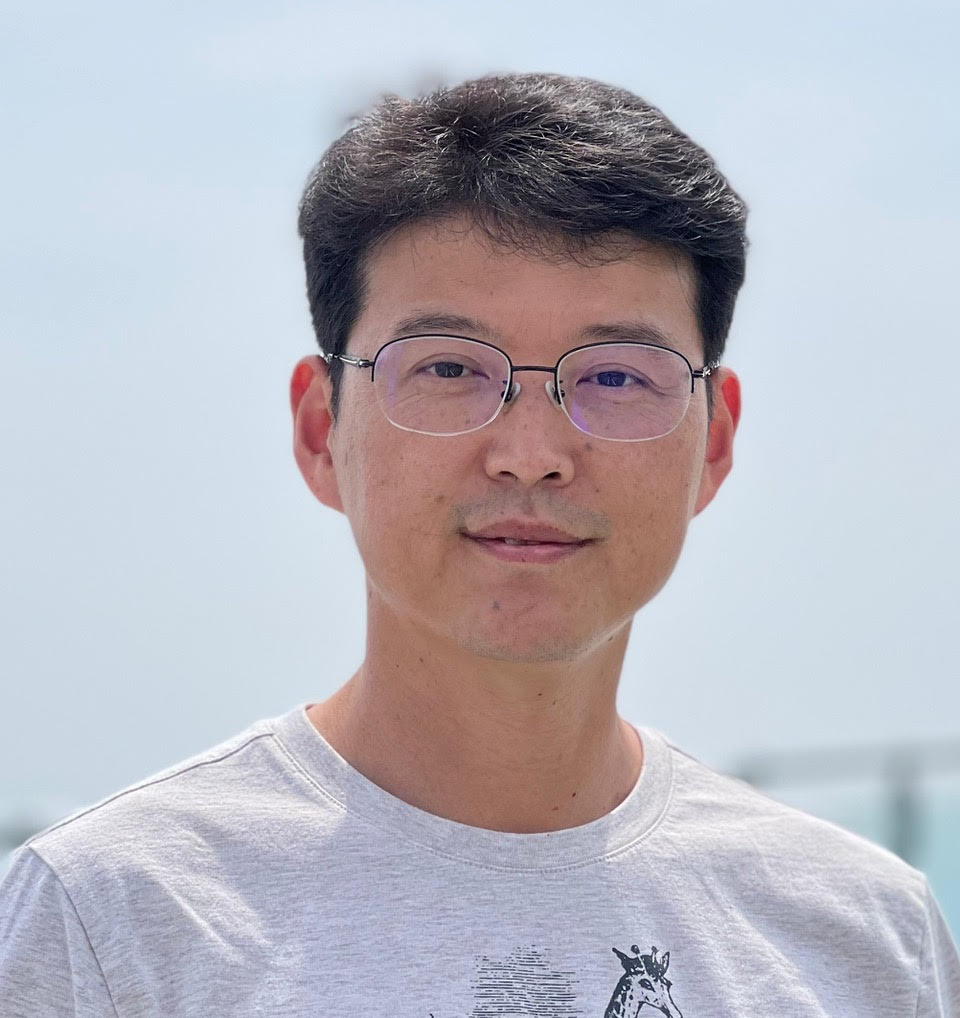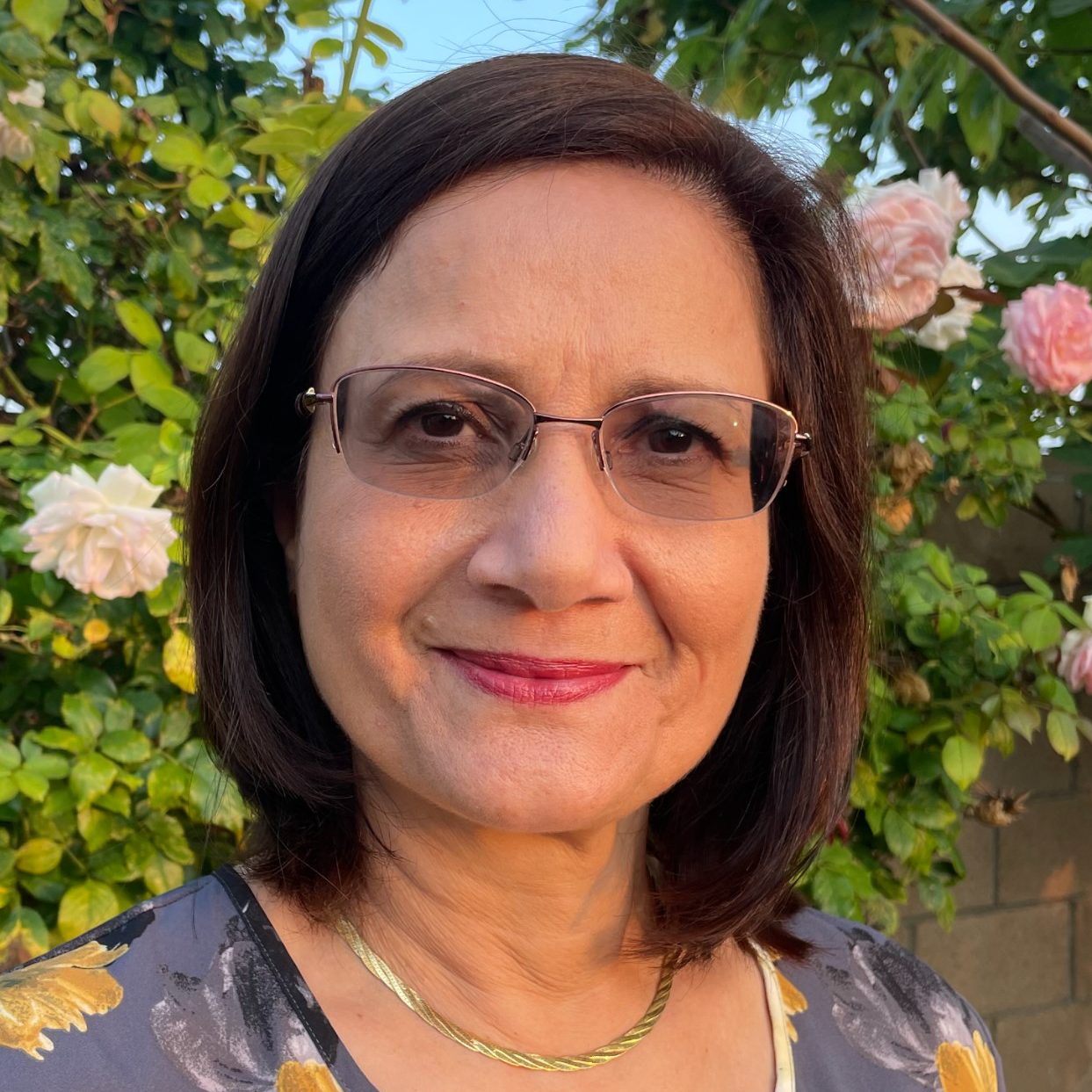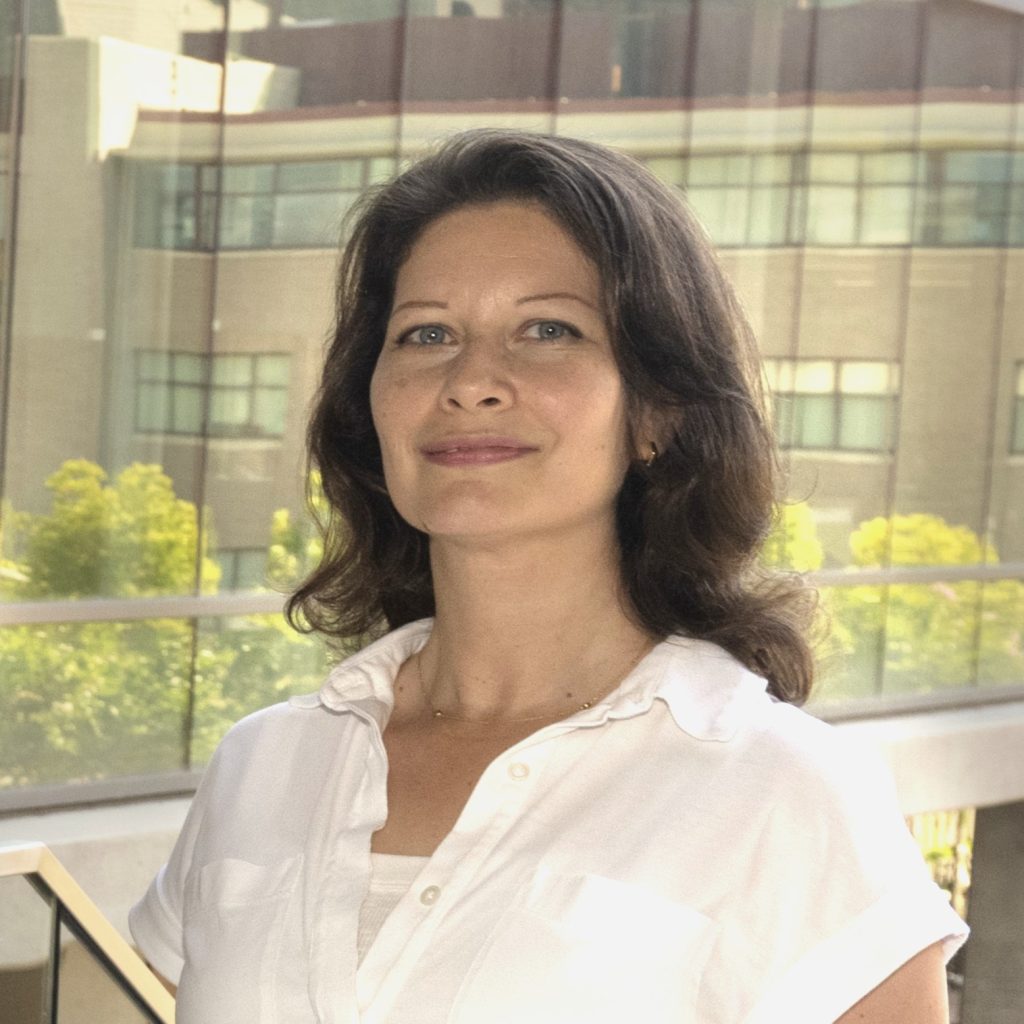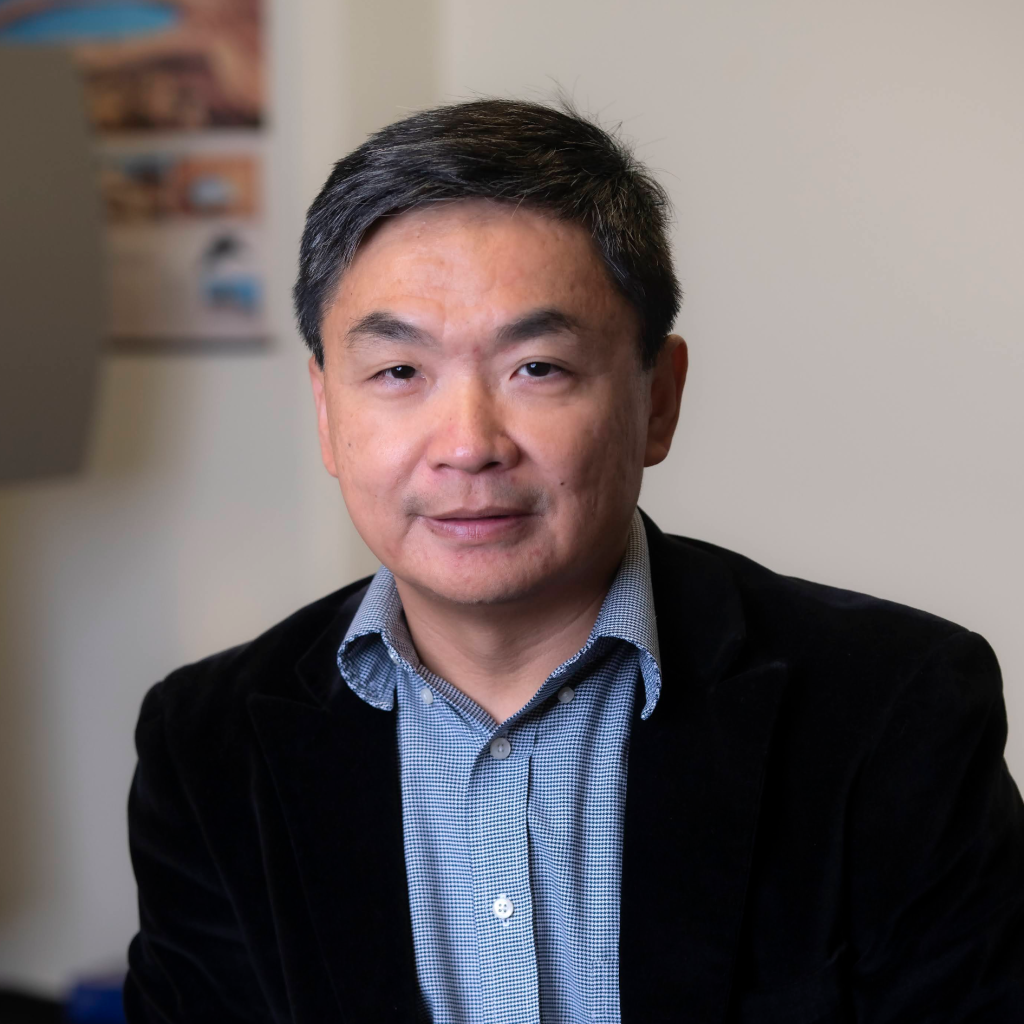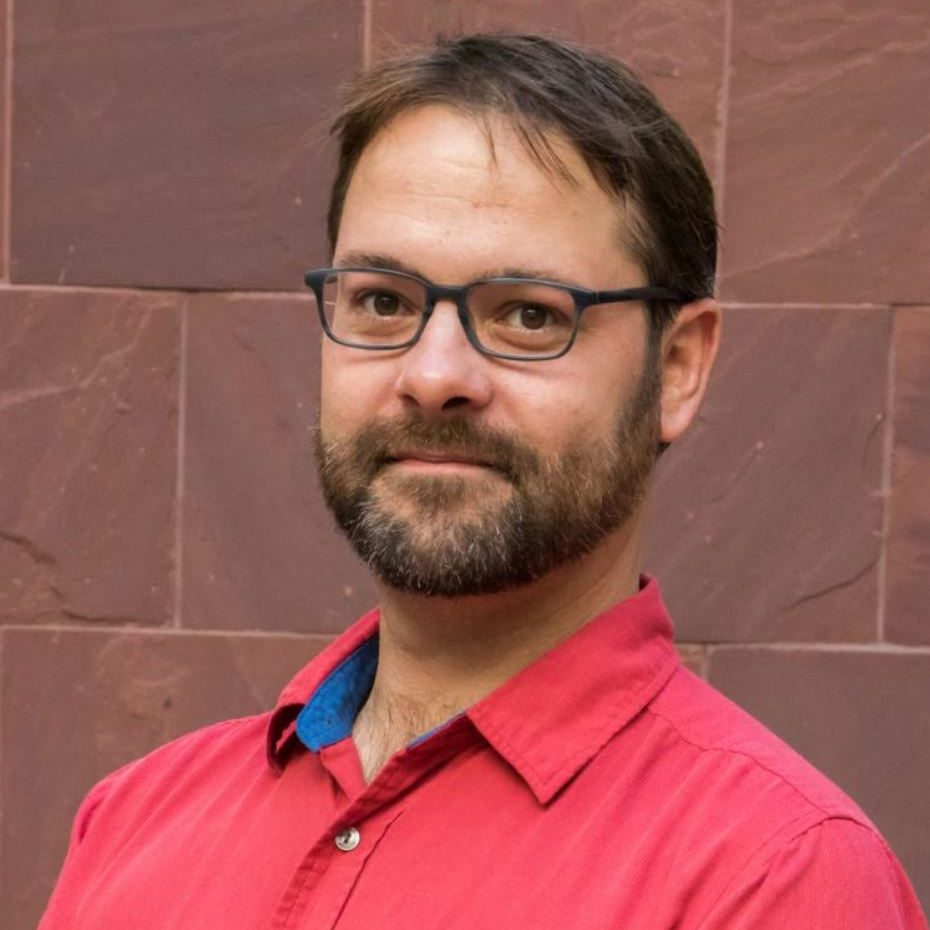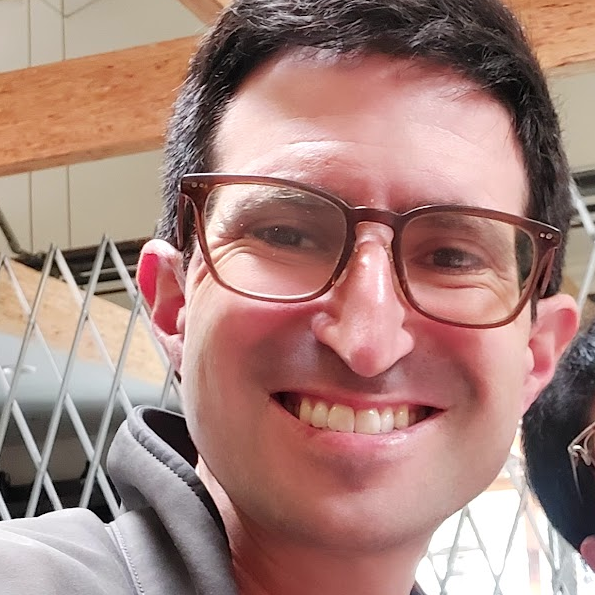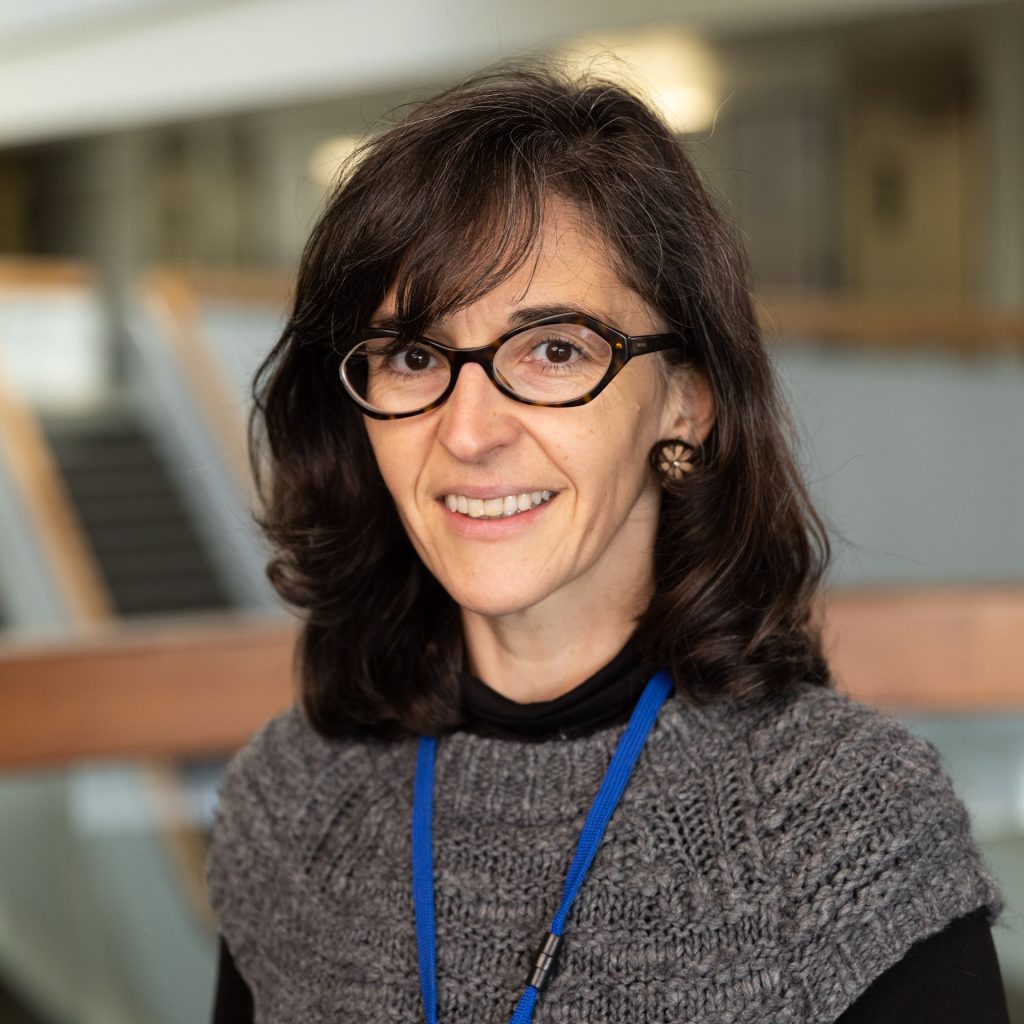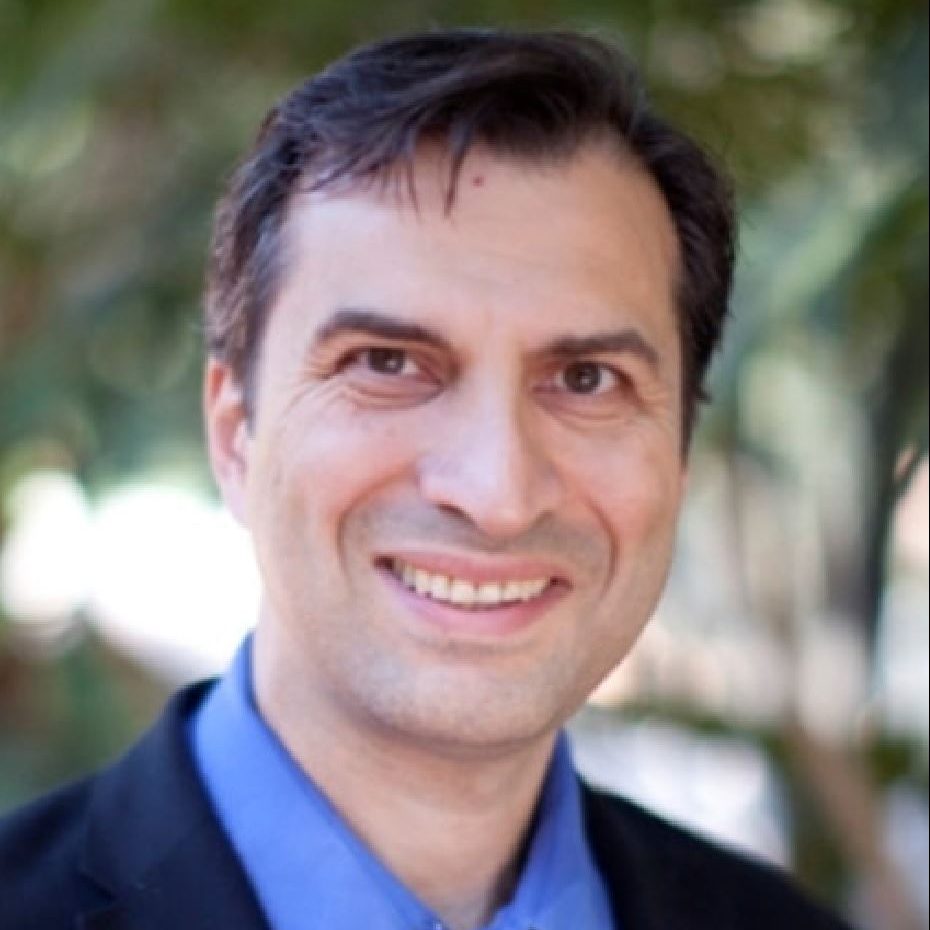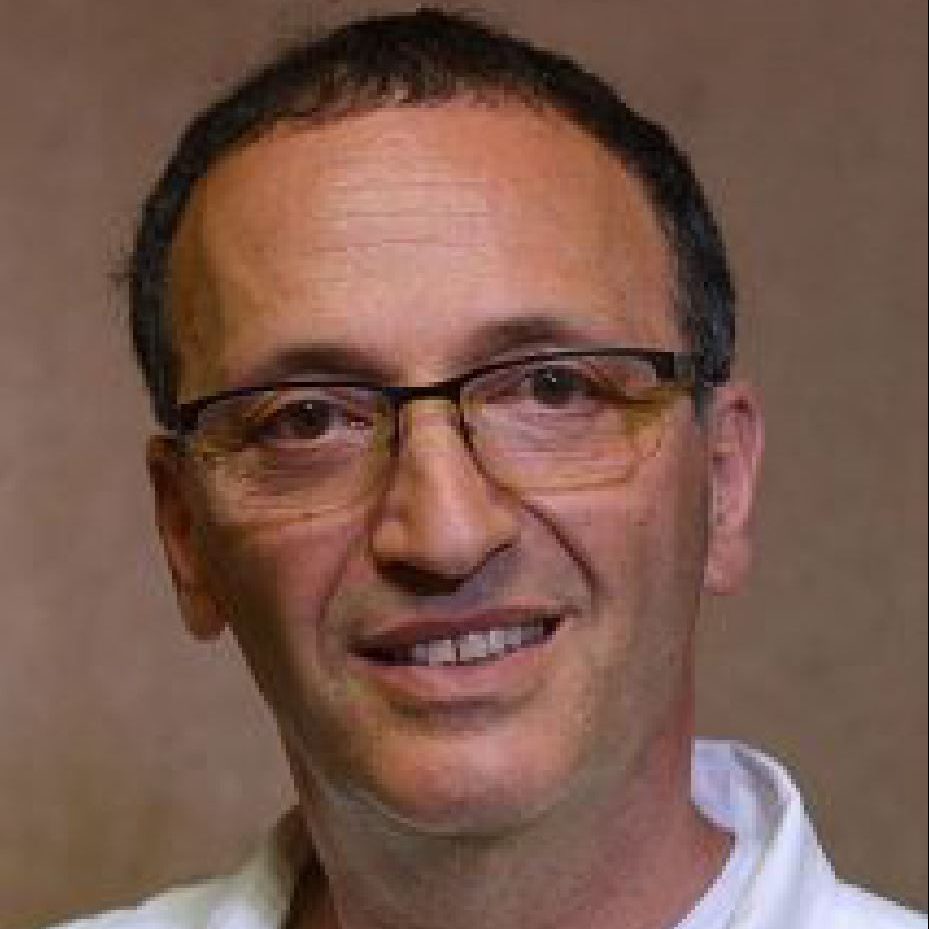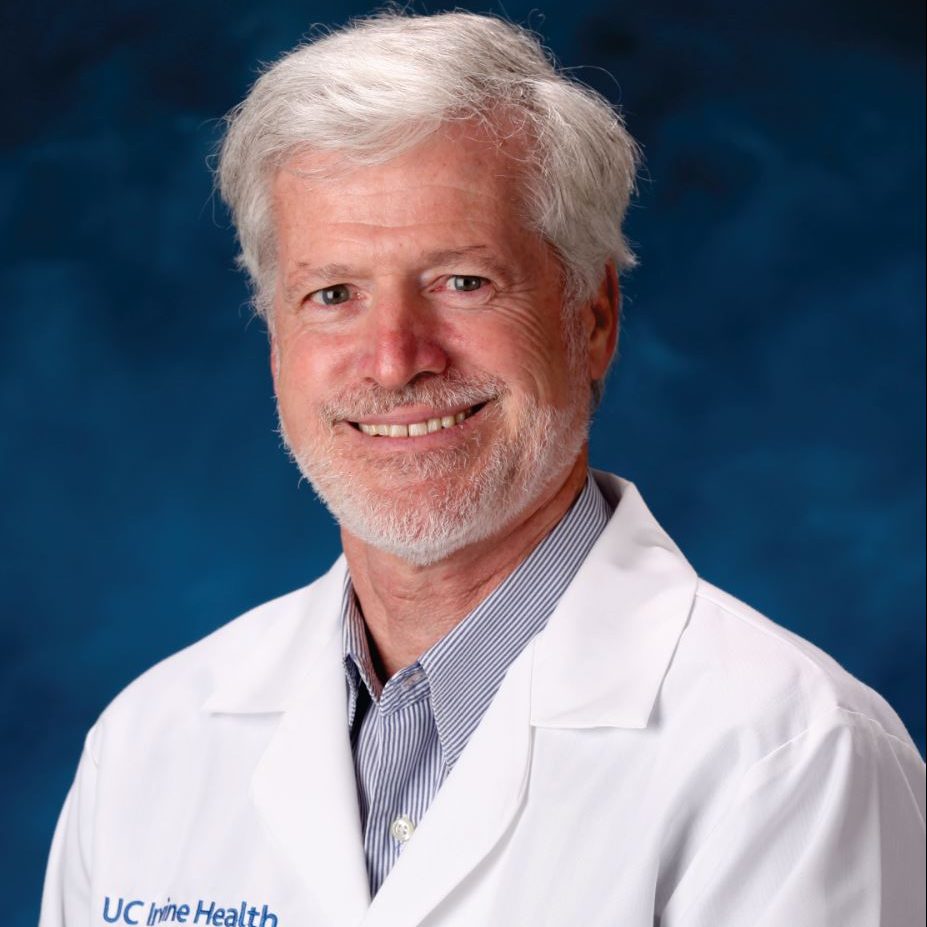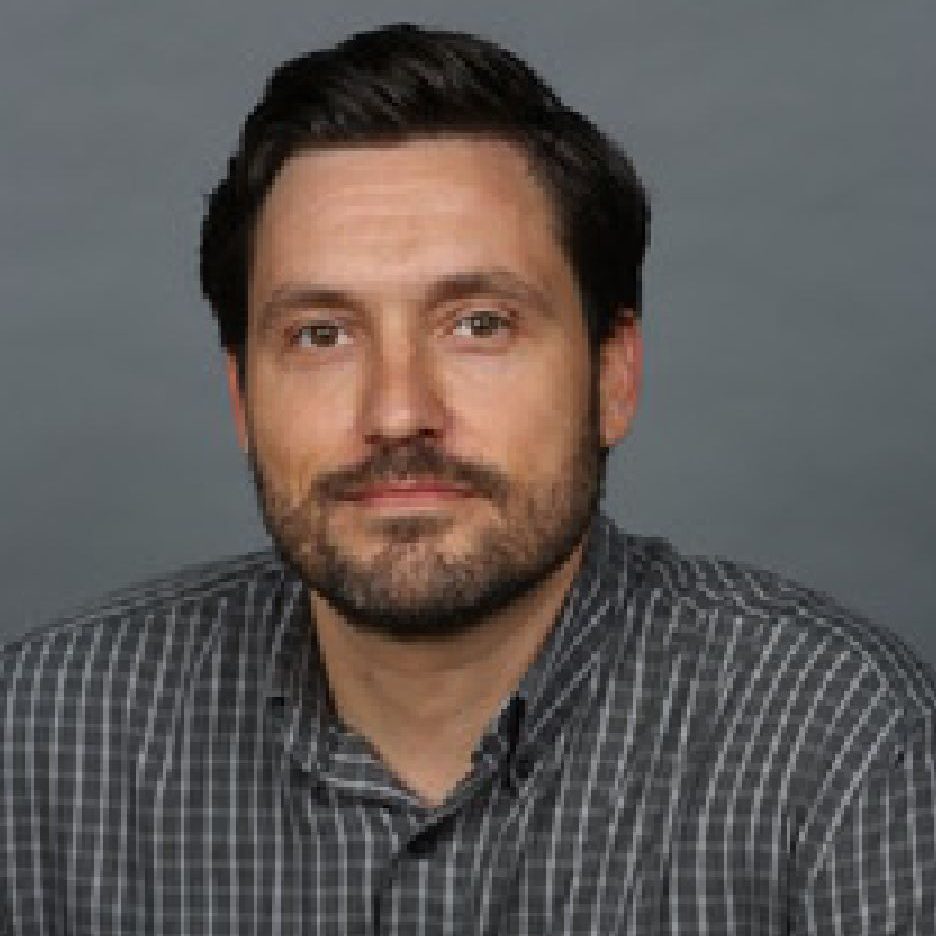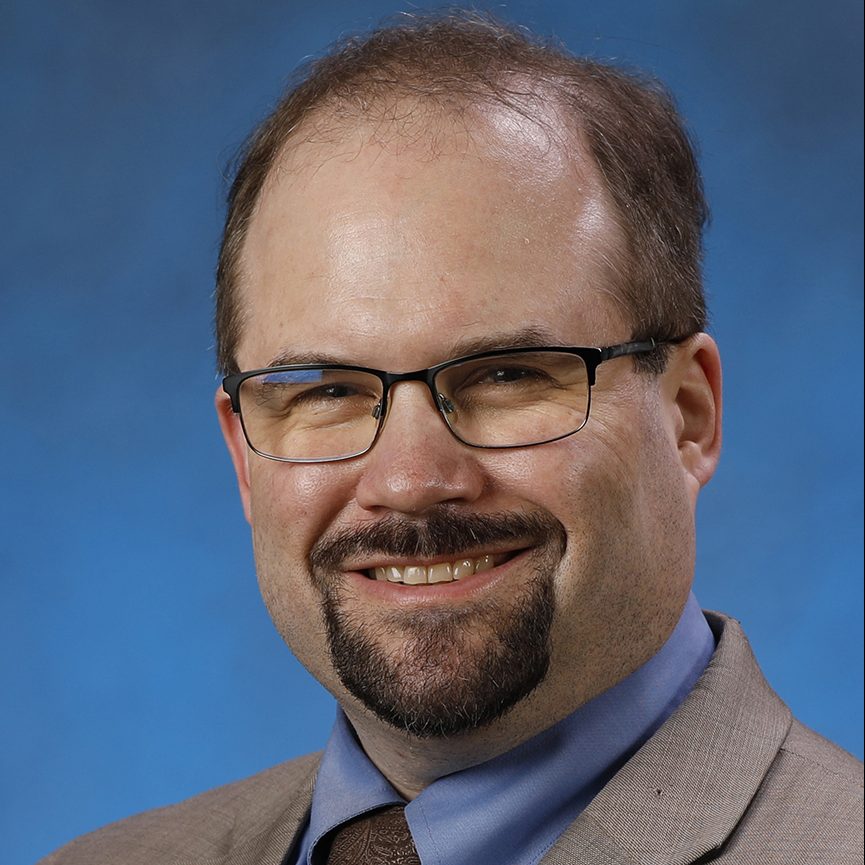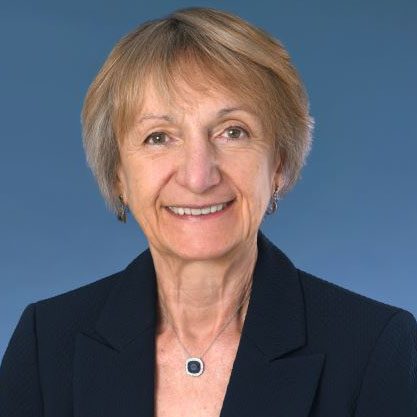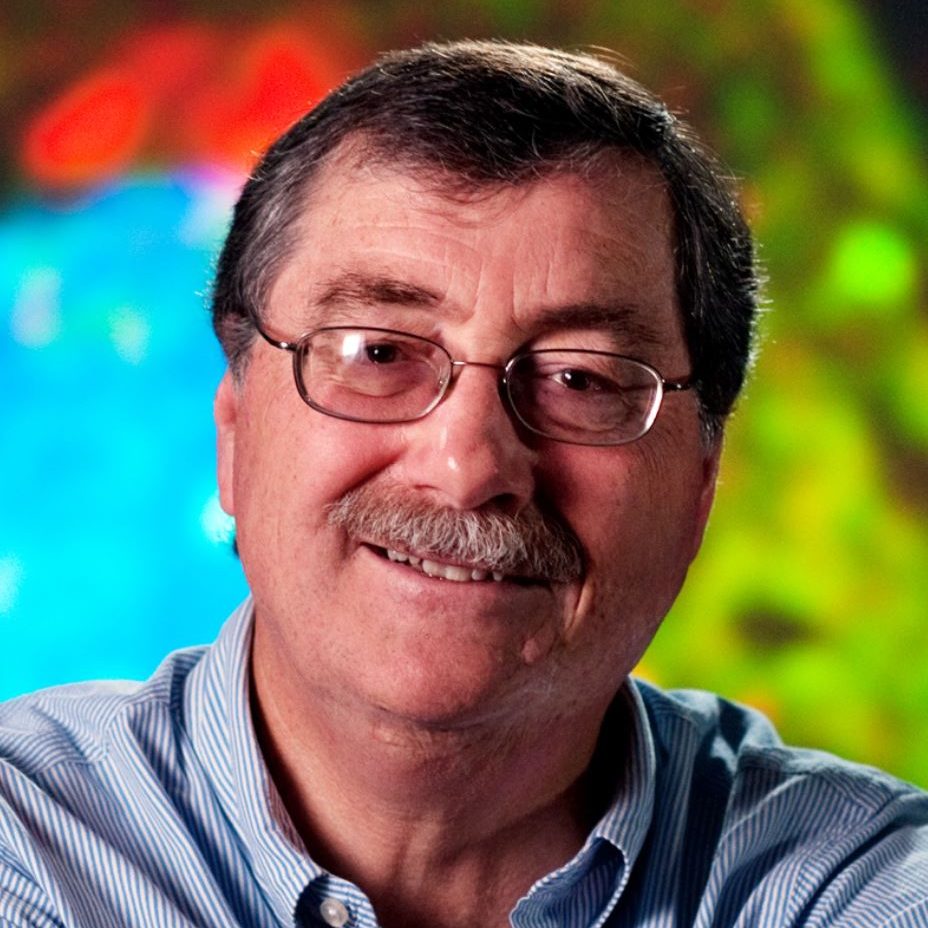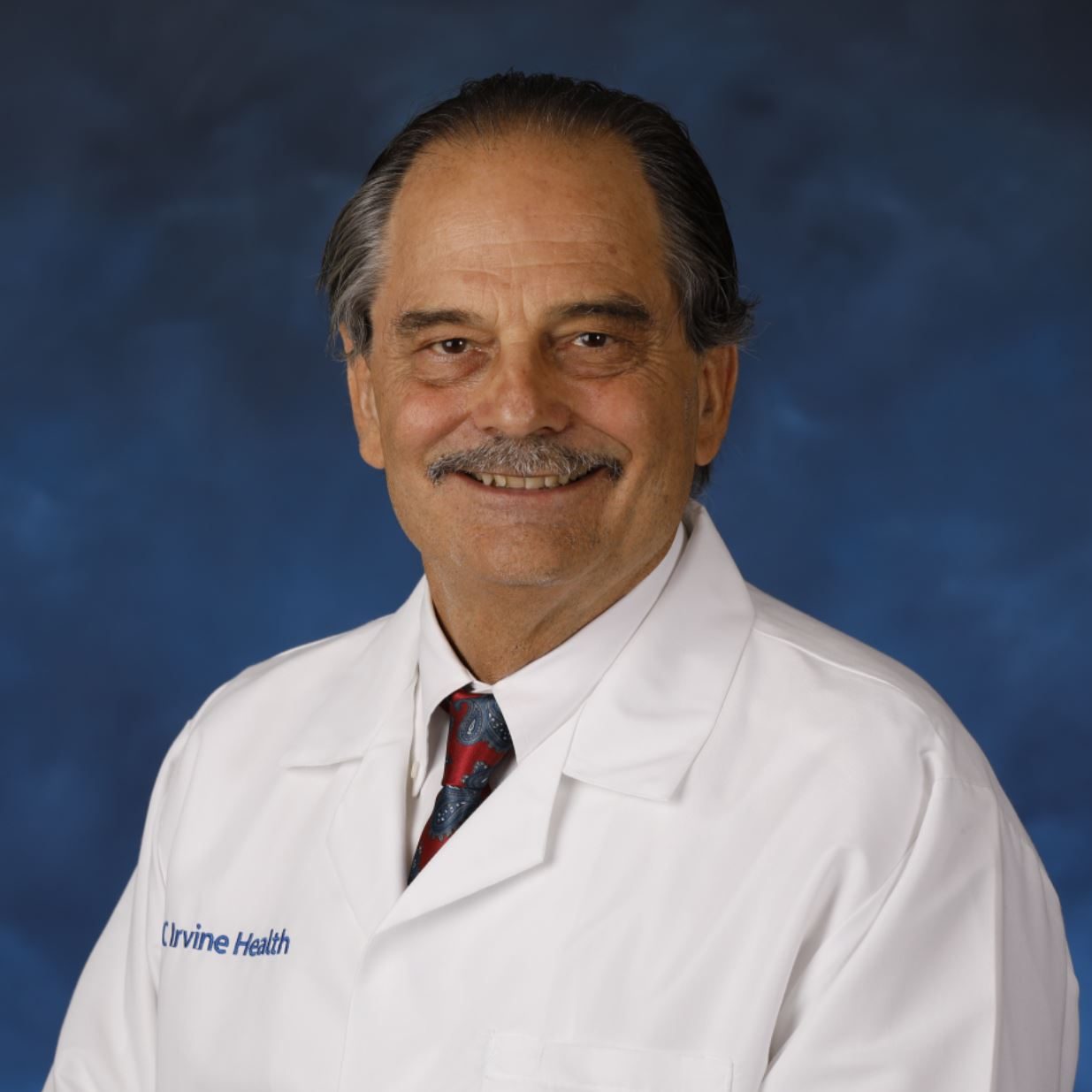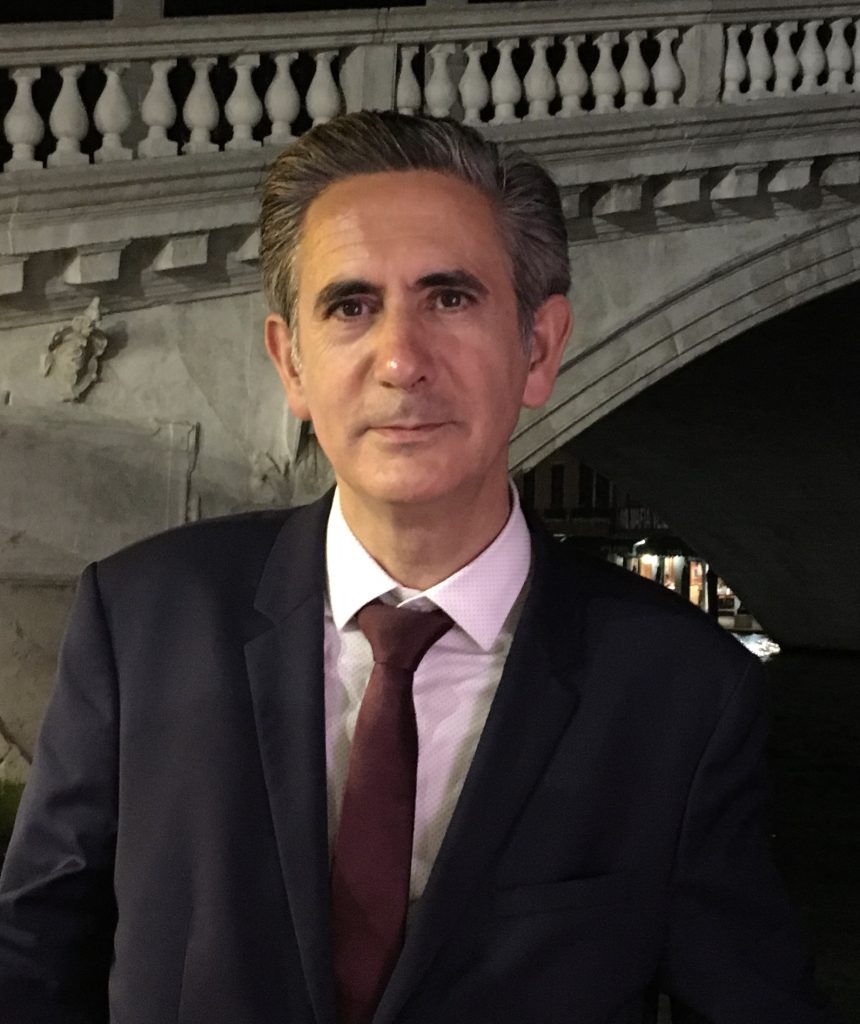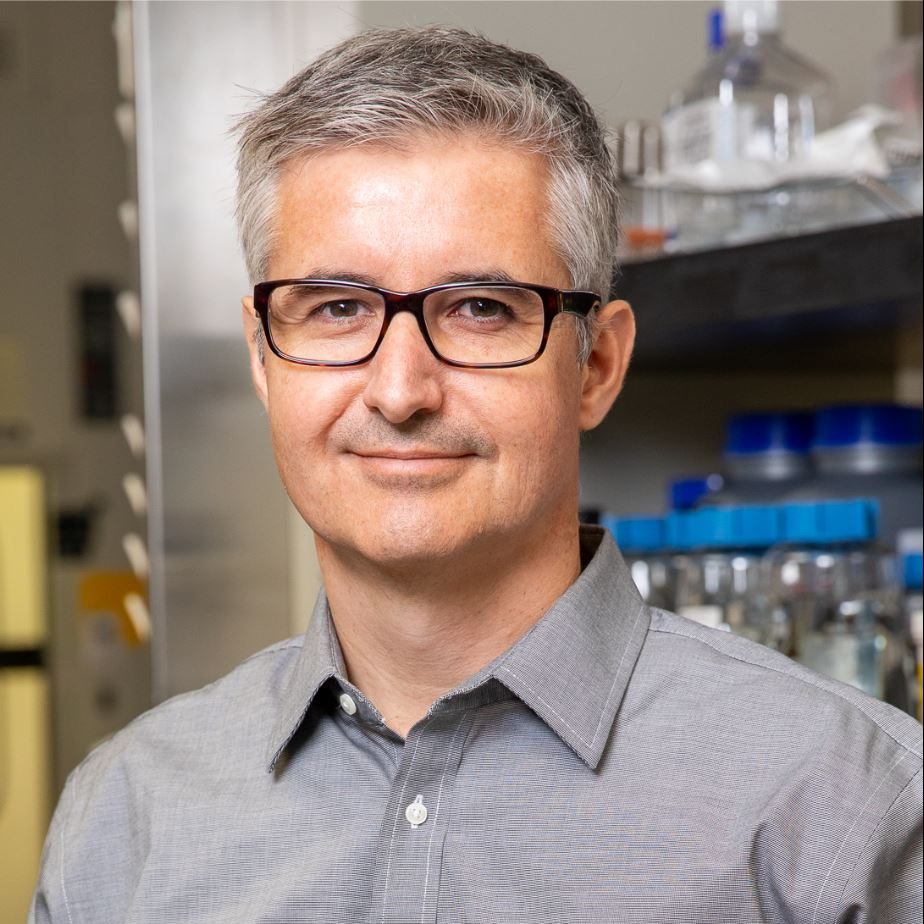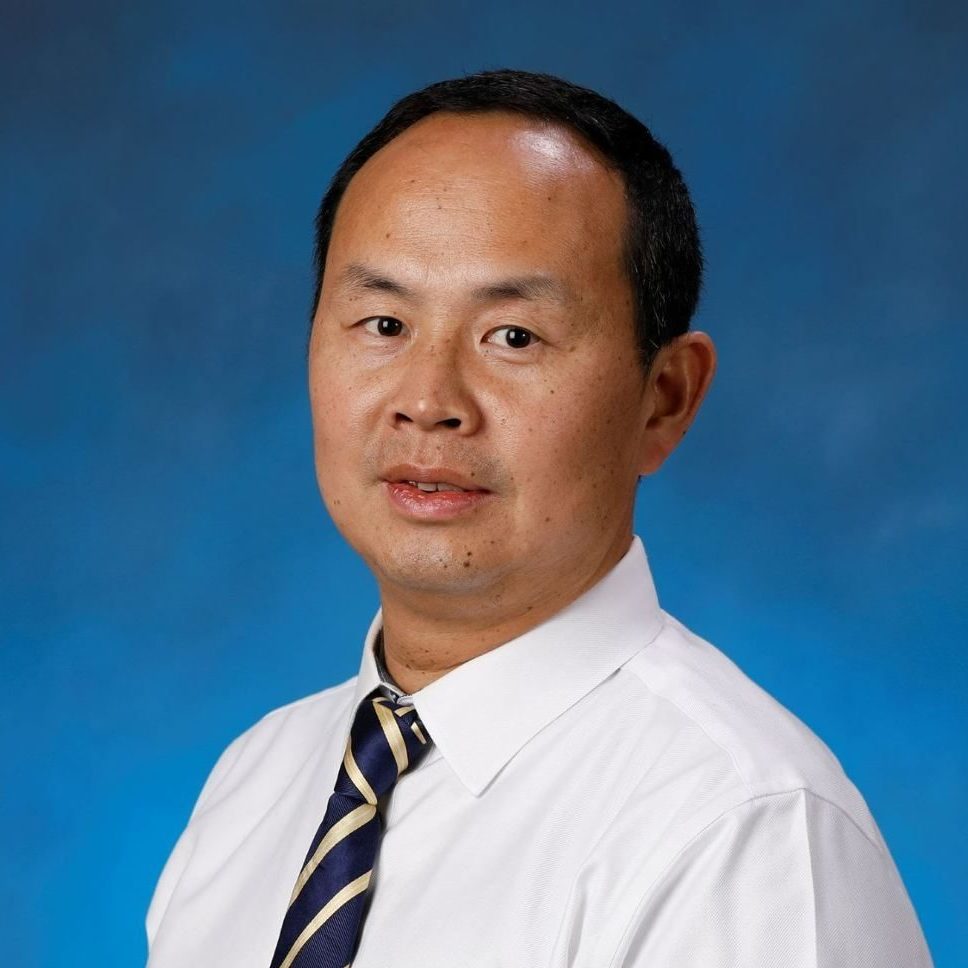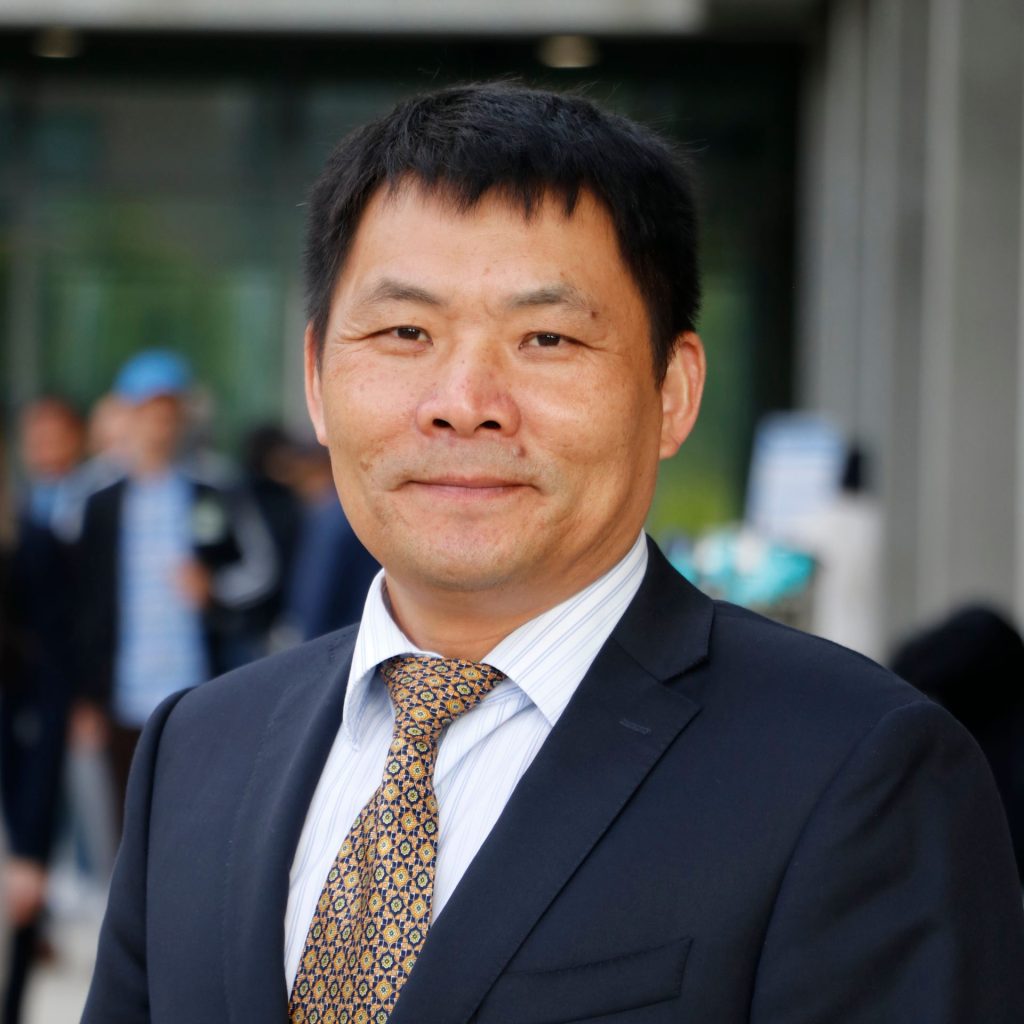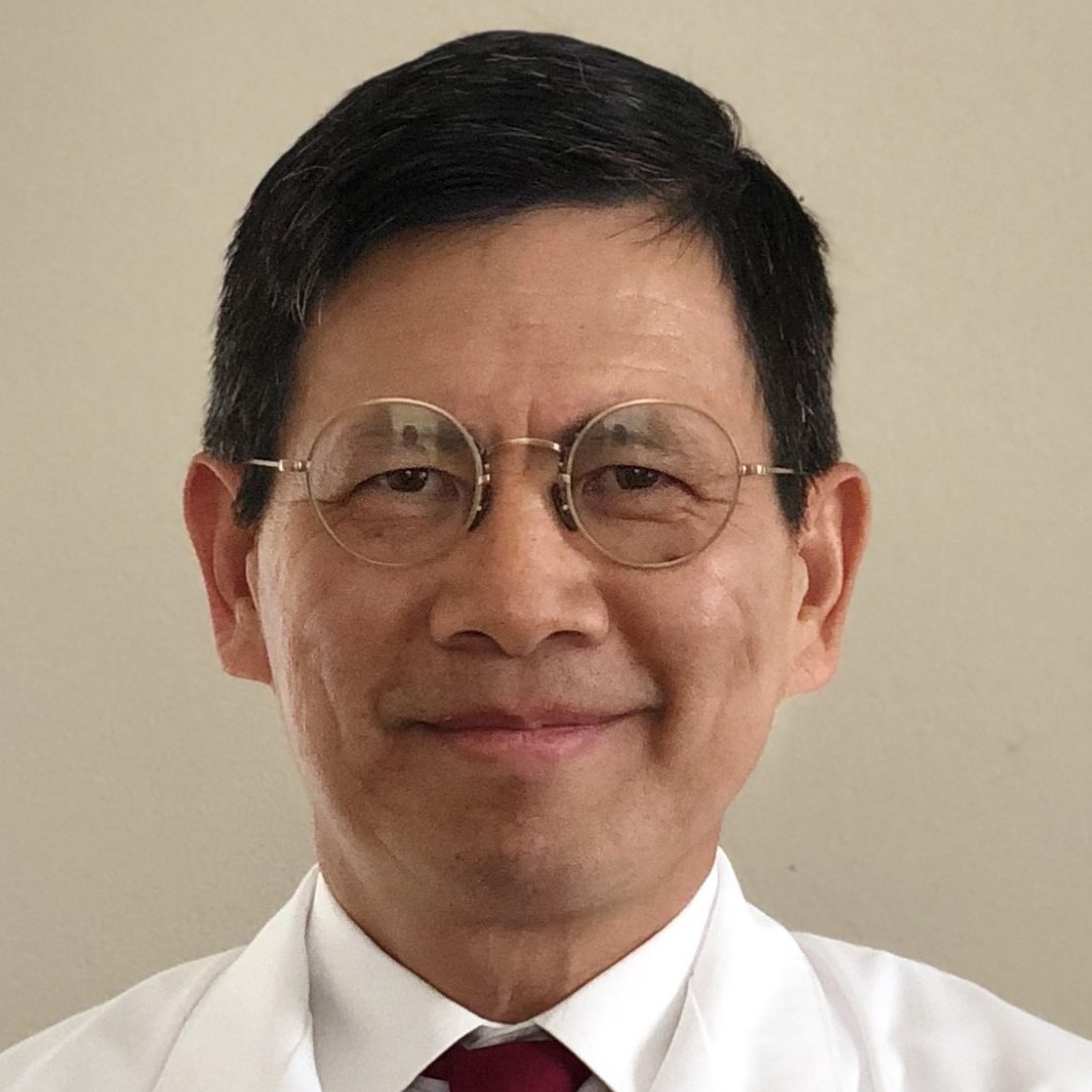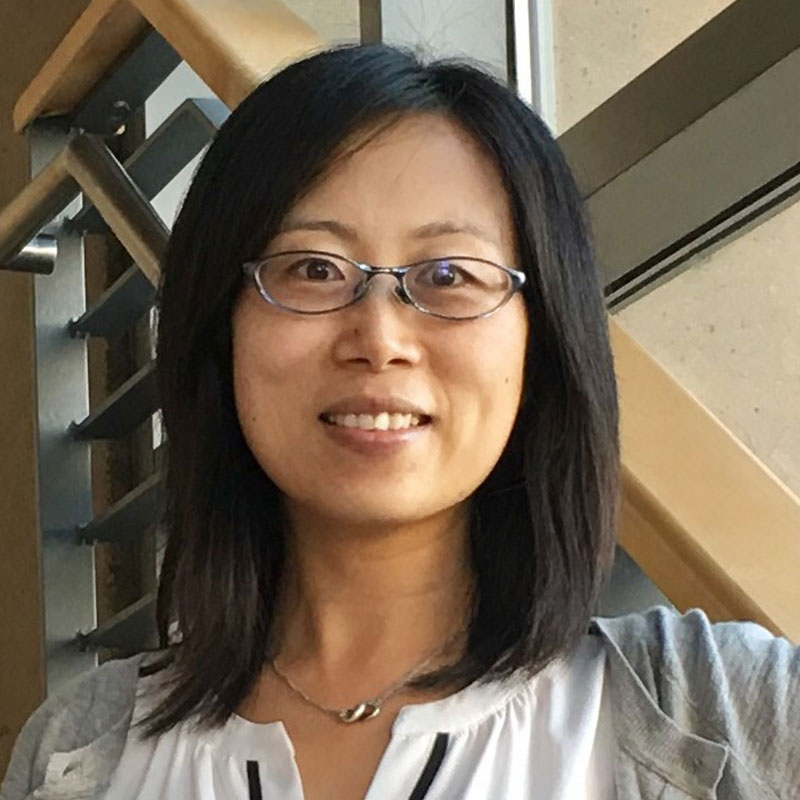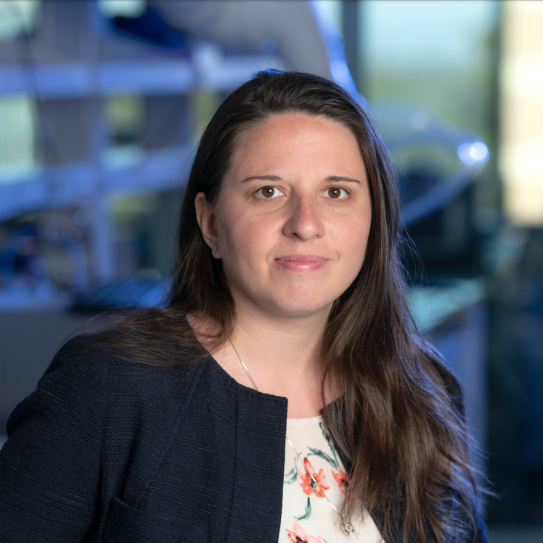Jump to LAST name: A | B | C | D | E | F | G | H | I | J | K | L | M | N | O | P | Q | R | S | T | U | V | W | X | Y | Z
Mehdi Abouzari, MD, PhD
Assistant Professor, Otolaryngology-Head and Neck Surgery
• Single-cell transcriptomic and proteomic analysis of head and neck tumor ecosystems
• The effect of migraine on cochlea and vestibule resulting in cochleovestibular disorders
• Artificial intelligence in predicting diagnosis and outcome in head and neck surgery
• Development of novel medical devices and smartphone-based applications in neurotology
Munjal M. Acharya, MS, PhD
Associate Professor, Anatomy & Neurobiology (Primary); Radiation Oncology (Joint)
Our laboratory focuses on neurobiological mechanisms and regenerative medicine approaches to treat cancer and cancer therapy-related cognitive impairments (CRCI). We use molecular, cellular, genetic, and behavioral techniques to focus on the following pre-clinical research emphases:
1) Glial complement cascade signaling mechanism in cranial radiation therapy and glioblastoma-induced neuroinflammation and cognitive dysfunction
2) Astrocyte-dependent mechanism of radiation-induced cognitive impairments and disruption of circadian rhythm
3) Human neural stem cell-based regenerative approaches to treat radiation- and chemotherapy-induced cognitive decline and synaptic damage
Yama Akbari, MD, PhD
Associate Professor, Neurology / Neurocritical Care
Our research lab focuses on cardiac arrest, coma, and consciousness. It is UC Irvine’s first animal neuro-intensive care unit along with its first cardiac arrest and resuscitation laboratory, incorporating advanced optical imaging of cerebral blood flow and metabolism in combination with electrophysiology as key components to its multimodal focus to improve the diagnosis, prognosis, and treatments available during a variety of acute brain injuries. Our lab’s innovative bench-to-bedside perspective focuses on changes in cerebral hemodynamics, brain metabolism, and brain connectivity during hyperdynamic changes in global (cardiac arrest) and focal ischemia/reperfusion (stroke), traumatic brain injury, and subarachnoid hemorrhage. Related areas of interest include coma, consciousness, cortical spreading depolarizations, brain-heart-lung cross-talk, and the development of non-invasive technology for continuous monitoring of patients.
Javier Diaz Alonso, PhD
Assistant Professor, Anatomy and Neurobiology
Our research focuses on understanding how the glutamatergic and endocannabinoid systems are organized dynamically at CNS synapses to enable synaptic plasticity and a wide array of cognitive and behavioral functions. We strive to identify the pathophysiological mechanisms whereby the disruption of synaptic organization can lead to some CNS pathologies.
Herdeline Ann M. Ardoña, BS, PhD
Assistant Professor, Chemical and Biomolecular Engineering
The research program of the Ardoña Group is centered on bioinspired materials that uniquely transduce optical or electronic phenomena at the cellular interface, specifically designed towards: (i) influencing cell or tissue behavior through photonic processes or electrical stimuli; (ii) probing dynamic signals in response to external biological cues; or (iii) mimicking the native properties of the local microenvironment of cells and tissues.
Andy Alexander, PhD
Assistant Professor, Psychological and Brain Sciences
Our research explores neural mechanisms supporting spatial cognition and memory. We place emphasis on systems interactions between cortico-cortical and cortico-thalamic circuits that flexibly facilitate these processes. To investigate these topics, we combine multisite in vivo electrophysiology, in vivo neuroimaging, and circuit perturbations with sophisticated and ethologically-inspired behaviors in rodents.
Tallie Z. Baram, MD, PhD
Professor, Pediatrics, Anatomy & Neurobiology
– Reward circuitry and its modulation by early life experience
– Interaction of stress and reward circuits
– Molecularly defined pathways and their specific contribution to network function
– Optogenetics, chemogenetics
– Sex differences in the above
Michel Baudry, PhD
Professor, Western University of Health Sciences
Mechanisms implicated in long-term synaptic potentiation and depression in hippocampus and other brain regions; Mechanisms underlying selective neuronal degeneration; Development of selective calpain-2 inhibitors for the treatment of acute neurodegeneration in TBI, epilepsy and glaucoma; Development of blood biomarker for brain calpain-2 activation.
Kevin Beier, PhD
Assistant Professor, Physiology & Biophysics
We are interested in elucidating the molecular and circuit basis of behavioral adaptation. We aim to understand both how network modules are recruited at different time points in experience-dependent learning and how different nodes in these networks contribute to learning, as well as identifying the molecular and circuit factors that underlie susceptibility to behavioral maladaptations such as drug addiction and depression.
Xiaoning Bi, MD, PhD
Professor, Basic Medical Sciences, Western University of Health Sciences
Research in the Bi laboratory focuses on understanding the molecular and cellular basis of neurological disorders, including genetic developmental disorders and age-related neurodegenerative diseases.
Bogdan Bintu, PhD
Assistant Professor, Cellular and Molecular Medicine and Bioengineering, University of California, San Diego
My research focuses on building a mechanistic framework for how chromatin regulates transcriptional activity across multiple scales: molecular, cellular, tissue, and animal behavior. I envision multiplexed imaging will provide an integrated view of chromatin organization, regulation, and transcription, and will help answer a wide range of questions, from what are the general principles and mechanisms that organize chromatin at the single-cell level, to how the high diversity of neuronal types is regulated in the healthy and neurodegenerative nervous system.
Emiliana Borrelli, PhD
Professor, Microbiology & Molecular Genetics
Research in the Borrelli’s laboratory focuses on the dopaminergic system and in particular on the dopamine D2 receptor (D2R) one of the major receptor of the system. The D2 receptor by two isoforms generated by alternatively splice of the same gene. We study the implication of these receptors in neurological and neuropsychiatric disorders using mouse models carrying either the constitutive knockout of D2R or D2R cell-specific knockouts. These animals allowed the study of D2R as a whole or of each specific isoform and in specific neuronal types. These mice have been critical to analyze the specific function of D2R in vivo in substance use disorders. Studies in my laboratory are also analyzing complex neuronal circuits that control striatal responses affecting motor behavior and reward to food and addictive substances. In addition, we are elucidating mechanisms that underlie dyskinesia in response to the long-term L-DOPA therapy of Parkinson’s disease or as well as dopamine-related psychiatric disorders such as schizophrenia and other psychotic disorders.
Elliot Botvinick, PhD
Professor, Biomedical Engineering and Surgery
Dr. Botvinick is Professor of Biomedical Engineering and Surgery at the University of California Irvine. Research in my laboratory focuses on biophotonics in mechanobiology and medical device innovation. For example, we use optical tweezers to study how cells react to and remodel local tissue stiffness as is relevant to cancer, tissue morphogenesis, and wound healing. Related to medical devices, we have developed a hair-thin sensing platform designed for simultaneous measurement of multiple analytes. We are in a clinical study of exercise and type 1 diabetes using a lactate + glucose embodiment. Together with UC Irvine collaborators, we are developing clinical units to additionally measure the ketone β-hydroxybutyrate, insulin and pH, as well as a new technology for infusing insulin. We have also developed a hand-held middle ear diagnostic tool that has been spun-out into our startup company Cactus Medical.
Gregory J. Brewer, PhD
Professor, Biomedical Engineering
Our research is directed in two NIH-supported areas: 1) Determine the coding of memory at each stage of the hippocampal circuit in engineered live reconstructed neuronal networks, 2) epigenetic and redox control of neuron metabolism, aging and Alzheimer disease (AD). We hypothesize that aging is the last stage of development controlled by epigenetics.
William E. Bunney, MD
Distinguished Professor, Psychiatry & Human Behavior
Dr. Bunney’s current research involves a number of programs including research on clinical and molecular biomarkers to identify individuals at high-risk for suicide. Each year in the United States approximately 48,000 people commit suicide, and it is reported that a third of these individuals see a health care professional within a month of committing suicide. Thus, there is an opportunity to identify those that are at high risk, and potentially save lives through intensive treatment programs including low dose non-anesthetic ketamine. One aspect of this Important research involves collaboration with Dr. Xiangmin Xu (Director, Center for Neural Circuit Mapping at UC!) and his research team. This work implements a single cell approach with high-throughput spatial transcriptomic methods using the MERSCOPE platform (a combination of imaging and molecular barcoding in human postmortem brain tissue) to identify and quantify hundreds of RNA transcripts in situ in a single tissue sample. The central hypothesis of this research is that individuals with Major Depressive Disorder (MOO) who died by suicide will show cell and domain specific molecular alterations in brain regions relevant to suicide as compared to non-suicide MDDs (who died by other means) and contrasted to control subjects. Dr. Bunney’s additional future work explores the use of revolutionary technology to investigate molecular neuropathology in psychiatric disorders. This includes the study of human 3-D cerebral organoids which recapitulate 95% of human brain development to identify the earliest developmental defects which are hypothesized to predispose individuals for major psychiatric disorders in late adolescence or early adulthood. While conducting his research endeavors, including publishing papers in high impact journals, Or. Bunney continues his administrative activities as Associate Dean for Research Faculty liaison for the School of Medicine at UCL Or. Bunney’s research provides extensive evidence and insight into the etiology and pathophysiology of major psychiatric disorders.
Jorge Campusano, PhD
Associate Professor, Faculty of Biological Sciences, P. Catholic University of Chile
The Campusano Lab intends to advance our understanding on the cellular and molecular events underlying behaviors and how they are altered in neurodegenerative (e.g. Parkinson’s disease) and neuropsychiatric (e.g. schizophrenia) disorders. They are particularly interested in evaluating the contribution of dopamine and serotonin to these conditions. The animal model we use is the fly Drosophila melanogaster. To do all of this we use several behavioral assays, cell and molecular biology tools and biochemistry techniques, but we are particularly proud of having developed electrochemical protocols.
Daniele Canzio, PhD
Associate Professor, Neurology Department, University of California, San Francisco
The Canzio lab focuses on dissecting the molecular mechanisms by which neurons recognize self from non-self. This process is central to the assembly of neural circuits during during development. Neural self/non-self discrimination requires that, in principle, every neuron must express a unique combination of cell-surface recognition molecules that confer neurons with their identity (i.e. barcode). We employ mouse models together with genomics, genetics and molecular approaches to investigate the role of chromosome architecture in the generation of this cell-surface protein diversity.
Hung Cao, PhD
Associate Professor, Electrical Engineering and Computer Science
We develop novel micro-technology and nano-technology based tools to explore biology and improve healthcare. We have expertise in Biomedical Device Fabrication, Wearable and Flexible Electronics, Bio-Interface Implants, and Monitoring Physiological Signals (EMG/ECoG/EEG/ECG).
Alexandre Chan, PharmD, MPH
Professor of Clinical Pharmacy, Department of Clinical Pharmacy Practice, School of Pharmacy & Pharmaceutical Sciences
I am a clinician scientist who has an interest in supportive care in cancer patients undergoing anti-cancer treatment, specifically on the management of cancer-related cognitive impairment (chemobrain) and peripheral neuropathy in patients and survivors. I have conducted translational to understand the biomarkers associated with these toxicities, as well as clinical interventional studies (both pharmacological and non-pharmacological interventions) to mitigates these side effects in cancer patients..
Jefferson Chen, MD, PhD
Clinical Professor, Neurological Surgery
- Traumatic brain injury
- Spontaneous and traumatic intracerebral hemorrhage
- Normal Pressure Hydrocephalus
Lulu Y Chen, PhD
Assistant Professor, Anatomy & Neurobiology
We aim to identify the key molecules and their signaling cascades involved in synapse formation and functions in learning and memory and their deficits in various disease conditions.
Rui Chen, PhD
Professor, Ophthalmology
Our research group leverages genetics, genomics, model systems, and bioinformatics and machine learning to unravel the genetic basis of human retinal diseases and develop novel therapeutics for treating patients with visual disorders. Additionally, we are leading the effort to create a single-cell atlas of the human eye as part of the Human Cal Atlas project (utilizing advanced single-cell omics and spatial transcriptomics technologies.
Xiaoke Chen, PhD
Associate Professor, Biology, Stanford University
Currently, Chen’s lab at Stanford is Studying brain circuits underlying motivated behaviors and how maladaptive change in these circuits lead to chronic pain, addiction, and depression.
Xiaoyin Chen, PhD
Assistant Investigator, Allen Institute for Brain Science
My primary research interests revolve around advancing our understanding of the brain’s intricate workings. I am particularly focused on in situ sequencing to map gene expression within its native context, barcoded connectomics to unravel complex neural networks, and exploring cortical connectivity to reveal the underlying structures that govern brain function.
Zhongping Chen, PhD
Professor, Biomedical Engineering
Dr. Chen and his research group have pioneered Doppler optical coherence tomography and optical coherence angiography. Dr. Chen has also made significant contributions in the development of other functional OCT technologies, including polarization sensitive OCT, second harmonic OCT, and optical coherence elastography (OCE). His group was the first to report on second harmonic OCT. Recently, his group developed an acoustic radiation force optical coherence elastography (ARF-OCE) technology, which enables imaging and quantification of tissue mechanical properties. Dr. Chen has been a leading force in translating numerous technologies to clinical applications through collaboration with clinicians in diverse specialties. These include imaging and diagnosis of laryngeal cancer and neonatal subglottic stenosis/edema, sleep apnea, airway injury and lung cancer, oral cancers, cutaneous disease, brain aneurysms, and neurovascular and cardiovascular diseases.
Bernard Choi, PhD
Professor, Surgery/Biomedical Engineering, Beckman Laser Institute
My research is in developing and applying optical technologies and methods designed to improve our understanding of the microvascular role in normal physiology, aging, and neurodegeneration.
Patricia Cogram, PhD
Associate Professor, Cognitive Science and Molecular Genetics (IEB, Chile)
My research centers on understanding the key molecular mechanisms of aging and Alzheimer’s disease (AD). I am interested in uncovering the genetic components of memory using transcriptome-wide data from single cells linking gene expression and epigenetic information to neurodegenerative phenotypes. One of my goals is to develop animal models that recapitulate human aging and AD.
Karina Cramer, PhD
Professor, Neurobiology and Behavior
Our research addresses the development and plasticity of brain areas needed to understand and locate sounds. We have demonstrated that these brain areas are altered in neurodevelopmental disease. Using molecular and cellular techniques, we have shown that microglia are needed to sculpt the specialized synapses found in these circuits. In addition, we have demonstrated that caspases, proteins known for their roles in cell death, have non-lethal roles during normal auditory system development, and that they operate using novel signaling pathways.
John Crawford, MD, MS
Clinical X Professor, Pediatrics and Child Neurology
I am Division Chief of Child Neurology and Co-Institute Director of the Neurosciences Institute at CHOC Children’s Hospital and Division Chief of Child Neurology at UC Irvine. My research interests are in the area of clinical/translational neuro-oncology. My research focuses on the utilization of comprehensive molecular, drug screening, metabolomic profiling, and spatial transcriptomic analysis to enhance the diagnosis and management of children and young adults with central nervous system tumors.
Alec J Davidson, PhD
Professor, Neurobiology, Morehouse School of Medicine
Research in Professor Alec Davidson’s Circadian Neurobiology Laboratory at Morehouse School of Medicine focuses on the circuitry involved in the brain’s generation of circadian rhythms. The Davidson Lab utilizes advanced imaging techniques targeting the brain circuit that comprises the central clock in awake, behaving mice. In these studies they are seeking a better understanding of the role of specific cell types in the generation of timing signals, and the acute responses to environmental input that alter that timing.
Michelle Digman, PhD
Associate Professor, Biomedical Engineering
My primary focus has been on pioneering the development of state-of-the-art imaging methodologies. The core of my research lies the transformative phasor approach, which we are leveraging to push the boundaries of FLIM, hyperspectral imaging microscopy, and bioluminescence imaging. These cutting-edge technologies enable us to unravel the intrinsic and extrinsic lifetimes and spectral properties of light-emitting molecules, delivering invaluable insights across a myriad of applications within my laboratory. From deciphering the intricacies of cancer invasion and understanding neurodegenerative diseases to unraveling changing metabolism in bacterial virulence and unraveling the complexities of developmental biology, our work encompasses a diverse range of captivating scientific endeavors using the methods we have co-developed.
Fangyuan Ding, PhD
Assistant Professor, Biomedical Engineering
Ding’s research focus on RNA, emerging from basic single-cell research to tool developments for nucleic-acid based therapies, all at the single molecule level.
Key words: RNA biology and engineering, synthetic biology, single molecule imaging and quantification
Hamid Djalilian, M.D
Otolaryngology, BME, and Neurosurgery
Our research focuses on advancing treatments for inner ear disorders. We are exploring hair cell regeneration and gene therapy to restore hearing and balance. Our work also includes mitochondrial preservation and transplantation to support inner ear health. Additionally, we investigate the links between migraines and ear disorders, and seek to better understand and address tinnitus and vertigo. By integrating cutting-edge medical devices, we aim to enhance patient outcomes and improve quality of life for those affected.
Wei Dong PhD
Professor, Otolaryngology-Head and Neck Surgery
Dr. Dong’s research program focuses on auditory disability and rehabilitation, with the goal of improving diagnostic and treatment strategies. By incorporating state-of-the-art technologies, our team directly visualizes ear mechanisms and pathologies, capturing the biologically and physically active nonlinear processing of sound along the auditory pathway in both forward and reverse directions. These observations have continuously shaped the prevailing understanding of how the ear transfers, amplifies, analyzes and creates sound-ultimately shaping the input to the brain. The work also reveals how damage or reconstruction -whether due to physical, acoustic, aging-related, ototoxic, regenerative, or gene therapy factors-affects hearing.
Timothy Downing, PhD
Assistant Professor, Biomedical Engineering
Our research aims to understand how chemical and biophysical signals from the cell microenvironment influence gene regulatory (epigenetic) programs within human cells. We hope to elucidate how these epigenetic changes ultimately contribute to changes in cell fate and behavior
Juan Manuel Encinas, PhD
IKERBASQUE Research professor, Neural Stem Cells and Neurogenesis Lab, Achucarro Basque Center for Neuroscience
My work focuses on hippocampal neural stem cells (NSCs) and the process of generation of neurons (neurogenesis) in healthy conditions, aging and neuronal hyperexcitation-related pathological conditions. We specifically investigate how the properties of NSCs change from development to aging dictating in turn the amount and properties of the neurogenic Output. We study also the contribution of NSCs and newborn neurons to hippocampal neuroinflammation and aberrant circuit re- organization in epilepsy and traumatic brain injury.
Laura Ewell, PhD
Assistant Professor, Anatomy and Neurobiology
The Ewell lab is interested in network level mechanisms of spatial memory processing in health and disease. We use system level approaches like tetrode recording, silicone probe recording, and 1P miniscope recording to capture neural dynamics in awake behaving animals performing spatial memory tasks.
Philip Felgner, PhD
Professor, Epidemiology
My research interests are: vaccines, gene therapy, drug delivery, liposomes, biophysics, protein cicroarray, and epidemiology
Mark Fisher, MD
Professor, Neurology
My research focuses on basic and clinical vascular neurobiology, with a particular emphasis on stroke mechanisms.
Christie Fowler, PhD
Associate Professor, Neurobiology & Behavior
The Fowler lab is focused on defining the genetic, epigenetic and neurobiological mechanisms underlying drug addiction, with a focus on nicotine and cannabis. Our research employs multiple cutting edge approaches to reveal the function of brain circuits, molecular and extracellular mechanisms in processes underlying the addiction trajectory. Through these efforts, we hope to ascertain novel targets to provide a foundation for the development of more efficacious therapeutics to treat addiction.
Jennifer Gelinas, MD, PhD
Associate Professor, Pediatrics, Anatomy & Neurobiology
Cognitive impairment is common across neuropsychiatric disorders affecting adults and children. It results from complex dysfunction of neural networks and is ineffectively treated with current therapies. This dysfunction can have especially severe consequences in pediatric age group, where neurodevelopment may be irreversibly affected. Therefore, our research program aims to i) elucidate the physiologic mechanisms underlying cognitive processes across the lifespan; ii) develop biomarkers and novel therapeutics for cognitive issues in neuropsychiatric disorders, particularly epilepsy; and iii) leverage advances in materials science, electronics, and neurocomputation to improve care for adult and pediatric patients with these disorders. We use in vivo electrophysiology, behavioral studies, closed-loop technologies, and computational approaches across animal models and human subjects to achieve these goals.
Charles Glabe, PhD
Professor, Molecular Biology and Biochemistry
My primary interest is in the molecular mechanisms of plaque deposition and amyloid pathogenesis in Alzheimer’s disease. I utilize mouse models that are engineered to incorporate a non-natural amino acid, azidonorleucine into specific populations of cells in brain to track the temporal and spatial kinetics of amyloid deposition.
My secondary research interest is in naturally-occurring antibodies in human blood that are associated with disease and their protein targets as potential diagnostics, prognostics and therapeutics for disease. I have developed a pipeline based on immunoselection of millions of random sequences per blood sample followed by bioinformatic analysis to identify these antibodies and their targets.
Michael Goard, PhD
Assistant Professor, Molecular, Cellular, & Developmental Biology and Psychological & Brain Sciences, UCSB
The Goard laboratory studies visual and spatial processing in mice using optical physiology.
Kim Green, PhD
Professor, Neurobiology and Behavior
The Green lab studies the roles of microglia in the healthy and diseased brain, with a particular focus on the pathogenesis of Alzheimer’s disease and related neurodegenerative disorders. We pioneered the use of CSF1R inhibitors to eliminate the microglial tissue, and the concept of microglial repopulation and its application as a potential therapeutic.
Michele Guindani, PhD
Professor, Statistics, UCLA
My research is primarily concerned with the development of innovative statistical models for the analysis of modern biomedical datasets, especially in imaging and genetics, and for pursuing precision medicine in targeted interventions. I am particularly interested in principled statistical approaches for studying the association between neuroscience and behavior. I am also interested in investigating the role of the microbiome and its impact on health outcomes.
Samuel Guzman, MD
Assistant Professor, Head of Neuropathology Education Program, Head of Neuroautopsy, University of Colorado Anschutz Medical Campus
I study the hippocampus of MLE-HS in human epilepsy to undercover the underlying molecular signatures that are relevant to understand the dysregulated circuits in the brain.
Zhi-Ling Guo, MD, PhD
Project Scientist, Susan-Samueli Integrative Health Institute and Department of Medicine
I have focused my research on neural control of cardiovascular responses for many years with a strong track record. Currently, I have engaged in the study on neural mechanisms by which peripheral nerve stimulation (including cardiovascular responses, using anatomical, biochemical, physiological, electrophysiological, pharmacological, and molecular approaches. I am interested in the development of novel research proposals to investigate further mechanisms underlying the neural control of the cardiovascular system.
Kalpna Gupta, PhD
Professor, Hematology, Oncology and Transplantation, Department of Medicine
Gupta laboratory’s translational research has led pioneering work on the neurovascular and neuroimmune mechanisms of opioid activity and pain. She described the first intracellular signaling pathway of morphine leading to cancer progression using several preclinical and clinical studies. She developed models for devastating acute and chronic sickle cell pain which are used globally. She led the understanding of the peripheral and central mechanisms of pain in sickle cell disease (SCD), cancer and chemotherapy-induced peripheral neuropathy which will help us treat both pain and the underlying disease process causing pain. Her laboratory has identified several new targets at the intersection of disease process and pain, including cannabinoid receptors, mast cells, and the nociceptin receptor, in addition to integrative approaches including diet modification, acupuncture and perception modulation to relieve pain. Additionally, her laboratory is engaged in neuroimmune and neurovascular mechanisms of wound healing, hemophilia pain and Alzheimer’s disease (AD).
Elizabeth Head, BSc, MA, PhD
Professor, Pathology and Laboratory Medicine
Our laboratory studies aging and Alzheimer disease in people with Down syndrome who, due to their extra copy of chromosome 21, develop early onset of beta-amyloid plaques with age. Our highly collaborative team uses multidisciplinary approaches that includes clinical, neuropsychological, neuroimaging and omics outcome measures. In our laboratory, we focus on molecular pathways associated with inflammation and cerebrovascular pathology and how they change as a function of age and Alzheimer disease in Down syndrome.
Todd Holmes, PhD
Professor and Vice Chair, Physiology and Biophysics
My laboratory has developed pioneering approaches for understanding neural circuits and whole animal behavior. We focus on unraveling the functional operations of neurons in vivo with the goal of understanding integrative neural function from molecules to behavior. Recently, we have discovered novel phototransduction mechanisms that occur directly in neurons that rapidly modulate electrical excitability. Other recent projects include modeling human neurodegenerative diseases using Drosophila as a model system.
Greg Horwitz, PhD
Professor, Physiology and Biophysics, University of Washington
Our primary research interests are the neural mechanisms of vision and visually guided behavior. We are particularly interested in the circuitry of the early visual pathways that mediate the perception of color and luminance.
Wenhui Hu, MD, PhD
Professor, Anatomy and Neurobiology
Virginia Commonwealth University School of Medicine
My research interest focuses on the gene regulation (NIBP, RGS4 and TCF4) and signal transduction (NFB, protein trafficking and G protein signaling). I utilize innovative gene/cell therapy for the translational medicine to treat infectious/inflammatory diseases, genetic neurodevelopmental disorders and neurodegenerative diseases. My overarching goal is to explore the translational application of improved CRISPR/Cas genome editors and develop innovative target cell-specific gene therapy (AAV, LV and NP) in both preclinical animal studies and clinical trials. Also, I aim to elucidate the role and mechanism of NIBP, a novel protein in regulating NFB signaling and trans-Golgi network. NIBP may serve as a novel anti-viral restriction factor to eradicate/prevent virus infection. I have established advantageous novel animal models, human induced pluripotent stem cells (iPSC)-derived microglia-containing cerebral organoids (MCO) and CRISPR/Cas-mediated gene/cell therapy platform.
Elliot Hui, PhD
Associate Professor, Biomedical Engineering
Microfluidics, microscale tissue engineering, spatial cell biology
Robert Hunt, PhD
Associate Professor, Anatomy and Neurobiology
We study disorders of brain development and injury.
Kei Igarashi, PhD
Associate Professor, Anatomy & Neurobiology
The Kei lgarashi laboratory at UC lrvine investigates:
– How our neuronal circuits enable associative memory in healthy brain?
– How these brain circuits become impaired in Alzheimer’s disease? Can we restore impaired circuits?
To solve these problems. we are targetinq the entorhinal-hippocampal circuits. a core brain circuit for memory usinq optogenetic-assisted in vivo multi-unit spike and LFP recordings and olfactory-cued memorg behavior tasks.
Autumn Ivy, MD, PhD
Assistant Professor, Department of Pediatrics
Neurodevelopmental effects of juvenile exercise, rodent models of early-life exercise and chronic stress, hippocampal memory and development, translational and epigenomic profiling of neurons.
Xin Jin, PhD
Assistant Professor, Department of Neuroscience, Scripps Research
Human genetic studies have identified numerous genes and loci contributing to the risk of devastating human diseases and disorders, yet it remains a challenge to map their cellular mechanisms and determine the relevant tissue and cell type contexts. We are building in vivo genetic screens to allow massively parallel analyses of gene function to systematically assign their function in diverse cell types in the context of brain development, maturation, and aging. To tackle these challenges, we are applying a suite of neurotechnologies including in vivo gene editing and genetic screening, single-cell multi-omics, spatial genomics, and chemical biology tools. Our unique position in joining forces of neuroscience and tool development has inspired us to connect genomic technologies with rigorous dissection of molecular mechanisms to study how these complex inputs are integrated into the developing brain
Sandra Jurado, PhD
Director – Department of Cellular Neurobiology and Systems Neuroscience Institute (CSIC-UMH, Spain)
My research focuses on understanding the mechanisms through which neural networks are able to adapt to an ever-changing environment, eliminating or consolidating the necessary information to optimize the behavioral patterns that underlie not only survival but also the full development of cognitive and emotional abilities of the individual. The Synaptic Neuromodulation laboratory I lead at the Institute of Neuroscience CSIC-UMH (Alicante, Spain) investigates the development and function of hypothalamic circuits, primarily the oxytocinergic and vasopressinergic systems, which play a vital role in maintaining homeostasis and facilitating social interaction. By combining optogenetics, electrophysiological recordings, and behavioral assays, we establish correlations between anatomical changes and functional outcomes. Utilizing tissue clearing (iDISCO+) and light-sheet imaging, we reconstruct the entire brain in 3D to analyze developmental and experience-based adaptations of hypothalamic circuits in order to understand their contribution to modulating behavior during both physiological and pathological conditions.
Yongsoo Kim, PhD
Associate professor, Department of Neural and Behavioral Sciences, Penn State University
The long term vision of my research is to understand the organizational principles of different cell types and cerebrovasculature in the brain to support cognitive function and its changes in brain disorders such as Alzheimer’s disease. Specifically, I pursue three major projects: 1) examining the neural circuit basis of the oxytocin system, 2) investigating the structural organization of the cerebrovasculature and related cell types to understand brain energy homeostasis, 3) creating 3D atlas frameworks for developing mouse brains and mapping spatiotemporal changes of neuronal and glial cell types during brain development.
Virginia Kimonis, MD, MRCP
Professor, Department of Pediatrics
My lab focuses on rare genetic diseases with the goal of understanding the underlying mechanism and generating novel treatments. The main lab projects pertain to using mouse and cell models for translational studies for VCP associated Inclusion Body Myopathy, Paget, Frontotemporal dementia, and ALS and HSPB8 associated myopathy. Additionally the lab is interested in translational studies in lysosomal storage diseases such as Pompe disease.
Masashi Kitazawa, PhD
Assistant Professor, Medicine
My research centers on understanding the molecular pathogenesis of Alzheimer’s disease (AD) and the impact of neuroinflammation elicited endogenously by disruption of physiological immune responses by aging, genetics or intrinsic/extrinsic risk factors. Through understanding the key cellular mechanisms, one of my goals is to develop better animal models that recapitulate a broad spectrum of human AD conditions including altered neuronal circuit network and cognitive decline for better pre-clinical models.
Orkide Koyuncu, PhD
Assistant Professor, Microbiology and Molecular Genetics
I study neurotropic virus infections with a focus on local and global changes in neuronal biology during infection. I started studying alpha herpesvirus infections in Prof. Lynn Enquist`s laboratory at Princeton University. During my postdoctoral research, I investigated the molecular mechanisms of viral invasion of peripheral nervous system neurons, by using a compartmented neuron culture system together with several recombinants of pseudorabies virus (PRV), herpes simplex virus (HSV) and also spread deficient rabies virus, adenovirus (Ad) and adeno associated virus (AAV) vectors. My goal is to gain a mechanistic understanding of virus induced changes in neuronal biology and homeostasis by dissecting the virus-host interactions, temporal dynamics and signaling between axons and cell bodies, and the long-distance transport of viral nucleocapsids and tegument proteins.
Jeff Krichmar, PhD
Professor, Cognitive Sciences
Dr. Krichmar’s research interests include neurorobotics, embodied cognition, biologically plausible models of learning and memory, and the effect of neural architecture on neural function.
Albert La Spada, MD, PhD
Professor, Pathology, Laboratory Medicine & Neurology
Dr. La Spada’s research is focused upon neurodegenerative disease, and he is seeking the molecular events that underlie neurodegeneration and neuron cell death in spinal & bulbar muscular atrophy (SBMA), spinocerebellar ataxia type 7 (SCA7), Huntington’s Disease, ALS, and Parkinson’s disease. He and his team have uncovered evidence for transcription dysregulation, perturbed bioenergetics, and altered protein quality control as contributing factors to neuron dysfunction. By reproducing molecular pathology in mice and in neurons derived from human patient stem cells, Dr. La Spada has begun to develop therapies to treat these disorders intended to boost the function of pathways of CNS homeostasis that decline with aging
Thomas E. Lane, PhD
Chancellor’s Professor, Neurobiology & Behavior
Characterize immune responses that occur in response to viral infection of the CNS. Specifically, we are interested in molecular and cellular mechanisms contributing to host defense, disease and repair following central nervous system (CNS) infection of susceptible mice with neuroadapted strains of murine coronaviruses. Our work has provided important insight into the diverse roles of chemokines/chemokine receptors in contributing to these processes. We are also exploring neurologic changes that occur in response to SARS-CoV-2 infection of human ACE2 transgenic mice. Finally, we are starting work to interrogate the therapeutic potential of engineered AAVs to deliver molecules that impact ongoing demyelination and remyelination in mice infected with murine coronaviruses

Michael Leon, PhD
Professor emeritus, recalled, Neurobioiogy and Behavior Biological Sciences
We are interested in using technology to enhance and simplify the kind of environmental enrichment that we’ve shown improves the brains and behaviors of humans both with and without disease
Chen Li, PhD
Professor, Computer Science
My research interests are in the field of data management, including data-intensive
computing, databases, query processing and optimization, machine learning-based systems and data analytics, search, visualization. My current focus is building open source systems for big data management and analytics.
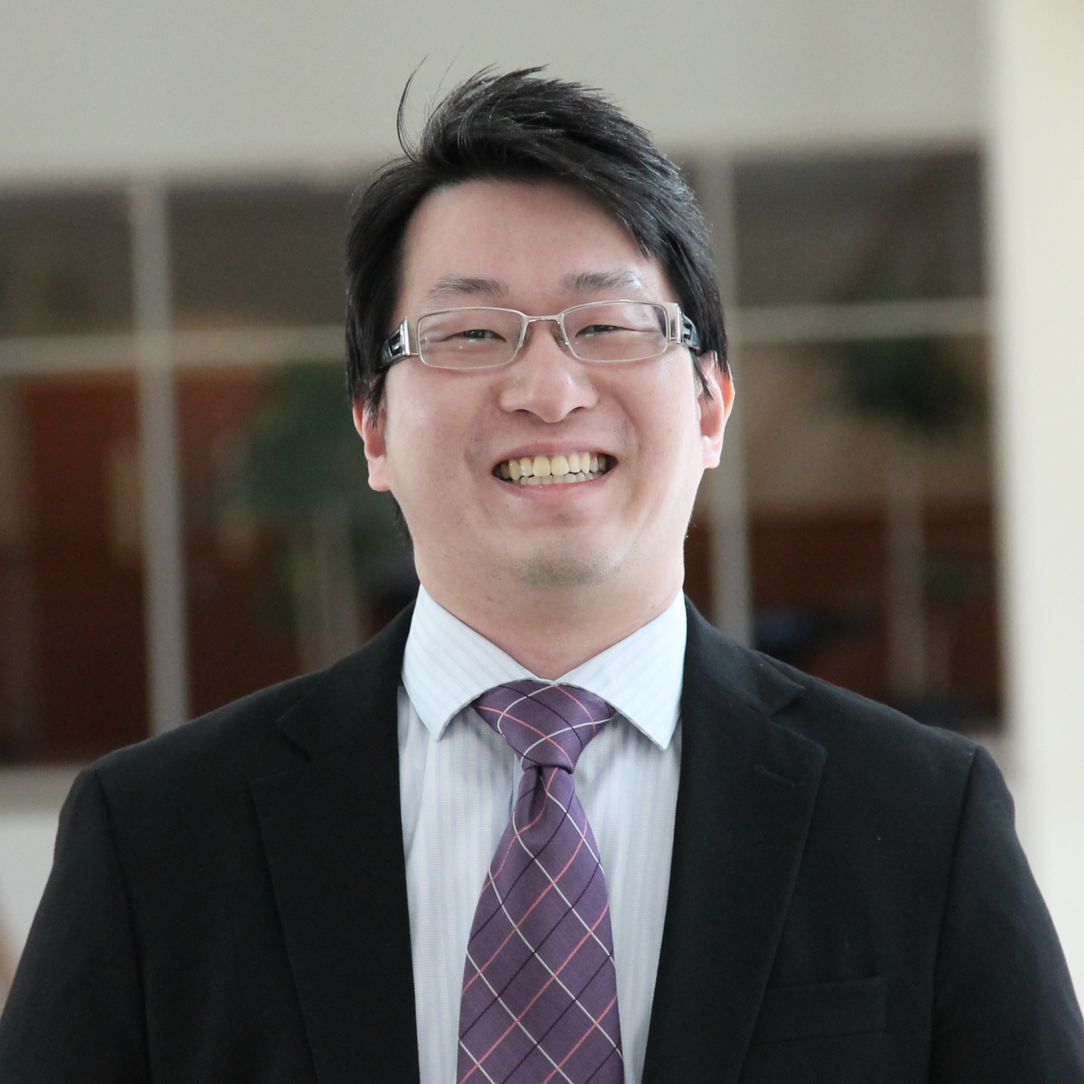
Howard Lee, PhD
Associate Professor, Physics and Astronomy
Dr. Lee’s research is focused on using emerging nanophotonic/metasurface platforms and “meta”-optical fibers for advancing optical imaging, sensing, and medical applications. This includes the development of advanced in-fiber imaging endoscopy or laser surgery element, tip-enhanced Raman spectroscopy for molecule detection and biosensing, novel optical fiber laser source/nano-laser, and a new optical cooling/trapping platform.
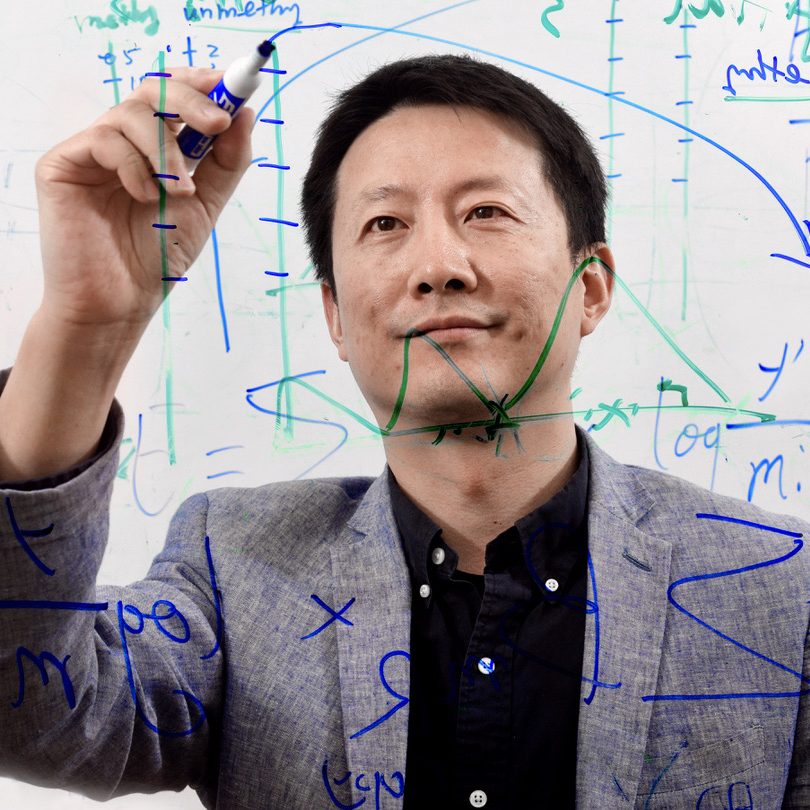
Wei Li, PhD
Professor, Bioinformatics, Grace B. Bell Endowed Chair
Dr. Li is a national and international leader in computational biology and epigenetics. He has developed a series of widely used bioinformatics algorithms to harness the full power of population-scale genomics and epigenomics data. Research from his lab has led to exciting discoveries of novel epigenetic mechanisms, biomarkers, and therapeutic targets for many human diseases, including cancers, neurological and metabolism disorders.
Shahrdad Lotfipour, PhD
Assistant Professor, Emergency Medicine, Pharmaceutical Sciences, Pathology and Laboratory Medicine, UC Irvine
My research interests are focused on understanding the mechanisms underlying addictive disorders, with a special emphasis on how the gut, genes, brain, and behavior interact with environmental factors, including developmental drug exposure, to influence addiction. Specifically, my research aims to investigate the role of gut bacteria, genetics, and midbrain and limbic brain regions in modulating baseline and drug-induced brain and behavior relationships. I use animal models to further our understanding of the impact of drugs of abuse on the developing and adult brain, with translational relevance to the human population. The ultimate goal of my research is to inform the development of better prevention and intervention strategies for reducing the incidence and severity of addictive disorders in the future.
Z. David Luo, MD, PhD
Professor, Anesthesiology & Perioperative Care
Neuroscience research in chronic pain mechanisms
Gyorgy Lur, PhD
Assistant Professor, Neurobiology & Behavior
The primary goal of my research is to understand how neurons summate synaptic input from various modalities and how changes in the cells’ neurochemical environment regulate this interaction. I am particularly interested in how sensory feed-forward and cognitive feed-back pathways integrate to facilitate perceptual decision making and how the stress induced degradation of this interaction affects cognitive performance.
Stephen V. Mahler, PhD
Associate Professor, Neurobiology & Behavior
We seek to understand the brain circuits underlying motivated behavior, and how these change in addiction and other psychiatric disorders.
Eran Mukamel, PhD
Associate Professor, Dept. of Cognitive Science, University of California, San Diego
I study the regulation and plasticity of neuronal identity through the dynamic brain epigenome and transcriptome. Our lab uses computational and bioinformatic methods for analysis of large-scale, multi-modality single cell sequencing data. We are particularly interested in the unique role of DNA methylation and hydroxymethylation in establishing and maintaining neuronal identity throughout the lifespan.
SungWoo Nam, PhD
Associate Professor, Mechanical and Aerospace Engineering
Flexible and stretchable sensors; biosensors; graphene; two-dimensional semiconductors
Hermina Nedelescu, PhD
Staff Scientist, Scripps Research Department of Neuroscience
My research interest is concerned with how experiences are instantiated in the neurocircuitry of the brain to support maladaptive behavior relevant to human psychopathology with emphasis on substance use disorders. The focus on my work is centered on neuronal ensembles which become activated in response to environmental stimuli and how these neuronal ensembles become established as memory engrams to support abnormal behavior.
Zoran Nenadic, DSc
Professor and Chair, BME, School of Engineering
Neuroengineering (brain-computer interfaces, multisensor extracellular recording); Biomedical signal processing and pattern recognition (supervised and unsupervised signal detection and classification); Large-scale in silico biological neural network models; Biomedical devices and sensors.
Alex Nicolau, PhD
Professor and Chair, Computer Science, School of Information and Computer Science
Research interests: Software, Compilers, Supercomputing, EDA, Parallel Processing
Qing Nie, PhD
Chancellor’s Professor, Mathematics and Dev. & Cell Biology. Director, The NSF-Simons Center for Multiscale Cell Fate Research
Computational single-cell genomics, Systems Biology, Machine-learning, Network Inference, Multiscale Modeling
Douglas Nitz, PhD
Professor and Chair, Department of Cognitive Science, UCSD
My research program studies the systems neuroscience of spatial cognition using freely behaving animal recordings and behavioral tasks combined with use of molecular tools for identification and manipulataion of specific neural circuits
Andre Obenaus, PhD
Professor, Pediatrics, UC Riverside
– Neuroimaging (magnetic resonance imaging, MRI) of disease
– Circuit mapping using diffusion tensor imaging (DTI) in health and in pathophysiology
– Vascular consequences of brain pathology and restoration of vascular networks
– Healthy aging and Alzheimer’s Disease
Sean Ostlund, PhD
Associate Professor, Anesthesiology & Perioperative Care
We study the neural underpinnings of motivated behavior and decision making in rodents. Our broad long-term goal is to advance understanding of the neurobehavioral processes that mediate adaptive reward-seeking behavior under normal conditions and how these processes go awry to produce pathological forms of reward seeking, such as in drug addiction. We address these questions by combining sophisticated behavioral assays with a variety of neuroscience techniques to measure (microdialysis and fast-scan cyclic voltammetry) and manipulate (opto- and chemogenetics) neural circuit function.
Michelle Paff, MD
Assistant Clinical Professor, Neurosurgery
My primary research interests are centered on the role of cortical-basal ganglia circuits in cognition and emotion. Basal ganglia-thalamo-cortical loops consist of multiple parallel circuits connecting distinct regions of the basal ganglia, thalamus, and frontal cortex, and these circuits coordinate many aspects of human behavior. Cognitive functions mediated by basal ganglia-thalamo-cortical loops may be particularly affected in disorders of dopamine regulation, such as Parkinson’s disease. I aim to learn about the role of these circuits in neuropsychiatric disease by studying intracranial recordings in Parkinson’s patients undergoing deep brain stimulation
Donald Phillips, MD, MPH
Associate Professor, Pediatric Neurology/Epilepsy
Dr. Phillips directs the Comprehensive Epilepsy Center and Neurophysiology laboratories at Children’s Hospital Orange County (CHOC) and is an associate clinical professor in pediatrics at UC Irvine. His research interests include the spatial biology of seizure networks, epilepsy and neurodevelopment in tuberous sclerosis, and pathogenesis and treatment of developmental and/or epileptic encephalopathy with spike-wave activation in sleep (DEE-SWAS).
Theodore Price, PhD
Ashbel Smith Professor, Professor of Neuroscience, Director of the Center for Advanced Pain Studies, UT Dallas
Ted Price’s lab focuses on understanding and treating pain. His group uses a variety of -omics technologies to profile the human pathway and in chronic pain disorders, with an emphasis on peripheral neuropathies. His group is also active in therapeutic development for non-opioid treatments for chronic pain. He has developed two novel pain therapeutics that are now in clinical trials for pain.
Lara Rangel, PhD
Assistant Professor, Cognitive Science, UCSD
Our projects combine computational and statistical models with in vivo electrophysiology to 1) identify elements within neural networks that give rise to rhythmically identifiable processing states and 2) test the impact of rhythmic coordination upon successful network engagement in rodent models. In addition, we record neural signals across microscopic, mesoscopic, and macroscopic scales in order to characterize the cellular and systems level processes that give rise to the electroencephalogram (EEG) signal and develop tools for translating the EEG signal into underlying local network dynamics.
Bing Ren, PhD
Scientific Director, CEO, New York Genome Center
Dr. Ren leads the research and operational activities of the New York Genome Center (NYGC), which focus on the development of computational and experimental genomic methods and disease-focused research to better understand the genetic basis of cancer, neurodegenerative diseases, and neuropsychiatric diseases. He also directs NYGC’s faculty, who lead independent research labs based at the Center. All of the core faculty members hold tenure-track joint appointments with one of the Center’s member institutions. This arrangement has been a driving force in connecting the NYGC with its founder members (New York Genome Center, 2025).
Chuck Ribak, PhD
Professor Emeritus, Anatomy and Neurobiology
My laboratory used immunocytochemical labeling methods to analyze changes in neural circuitry in several experimental models of epilepsy. We were the first to show a selective loss of inhibitory, GABAergic neurons and synapses at sites of focal epilepsy in primate motor cortex. We also were the first to show that hilar basal dendrites on granule cells in the dentate gyrus after temporal lobe epilepsy in rats. My research interests mainly involve the connections between local circuit neurons and projection neurons in cortical structures.
Joni Ricks-Oddie, MPH, PhD
Statistics
Director of the UC Irvine Center for Statistical Consulting. Dr. Ricks-Oddie oversees general operations and strategic planning for the Center and its consulting activities. She facilitates connections between campus researchers in need of consulting services and the Statistics faculty with the expertise to assist them. Dr. Ricks-Oddie’s current affiliations also include the UC Irvine Institute for Clinical and Translational Science where she serves as the Director of the Biostatistics, Epidemiology and Research Design Unit. In her spare time she is an active member of her community and serves on the board of several nonprofits.
Matthew Rose, MD, PhD
Assistant Professor
We study the gene networks driving neuronal diversity and connectivity during brainstem development to uncover why only specific subsets are differentially affected in a given human neurologic disease. The brainstem controls multiple critical motor and sensory functions, including eye movements, facial expression, speech, hearing, proprioception, arousal, and breathing. Disruption of these functions can lead to profound deficits including in childhood social interaction. The anatomy and gene circuits in the brainstem are highly conserved in mice, providing an ideal model system to investigate neuronal specification and axon growth and guidance in both health and disease. We combine neurodevelopmental tools, 3D imaging, multi-omics/bioinformatic approaches, molecular biology, and mouse models of human disease to define developmental differences among these neuronal populations.
Jon Rueckemann, PhD
Research Assistant Professor, Physiology and Biophysics, University of Washington
My research program investigates how intrinsic circuitry and emergent rhythmic network states shape information processing in the hippocampal formation of monkeys and rats.
Rozanne Sandri-Goldin, PhD
Chancellor’s Professor and Chair, Microbiology and Molecular Genetics
The studies in my lab are focused on a multifunctional regulatory protein of herpes simplex virus (HSV-1) termed ICP27. We are directing our studies toward a structural analysis of ICP27 and the creation of targeted mutations to determine the structure-function of ICP27 interactions.
Vijiyalakshmi Santhakumar, MBBS, PhD
Professor of Neuroscience, Molecular, Cell, and Systems Biology
We study interneuronal microcircuit plasticity in epilepsy and mechanisms of hippocampal pathophysiology after brain injury.
Bert Semler, PhD
Professor, Microbiology & Molecular Genetics
RNA virus gene expression; RNA-protein and protein-protein interactions; mechanisms of replication of picornavirus genomic RNAs; mechanisms of translation initiation for viral and cellular mRNA
Maxim Shcherbakov, PhD
Assistant Professor, Electrical Engineering and Computer Science
In his research, Dr. Shcherbakov merges fundamental physics concepts and cutting-edge nanotechnology to innovate in photonic devices. Designer nanomaterials offer unprecedented flexibility to manipulate light waves on demand. His group uses theoretical and experimental methods to conceive next-generation light-based components to find use in imagers, AR/VR technology, telecommunications, and quantum computing.
Xiaoyu Shi, PhD
Assistant Professor, Developmental and Cell Biology
My lab develops super-resolution microscopy and spatial multiomics methods to map the proteome, transcriptome, genome, and epigenome of brains in 3D. Our major approaches include label-retention expansion microscopy (LR-ExM) for molecular-resolution imaging, and GO3D spatial multiomics for whole-mount tissue profiling.
Quinton Smith, PhD
Assistant Professor, Chemical and Biomolecular Engineering
Thanks to advancements in biomaterials and microfluidic technologies, it is now possible to study basic cellular processes in microenvironments that closely mimic real-life conditions. By combining these tools, researchers can precisely control the application of physical and chemical cues that are essential for stem cell differentiation and maturation. Our laboratory is dedicated to using this approach to bridge the gap between basic stem cell research and the development of stem cell-derived therapies for medical applications.
Rachita K. Sumbria, PhD
Associate Professor, School of Pharmacy, Chapman University
Dr. Rachita Sumbria, is interested in developing therapies, specifically large molecules, for Alzheimer’s disease (AD) and studying the liver-brain axis in AD. Her lab is studying the effects of two biologics, which are FDA-approved for other indications, erythropoietin (EPO) and Enbrel, as potential therapeutics for AD. The challenge with both EPO and Enbrel is their large size, which makes them poor neurotherapeutics due to the blood-brain barrier. Dr. Sumbria’s research shows that EPO and Enbrel, once re-engineered for brain penetration, result in therapeutic effects in mouse models of AD.. Apart from this, her lab is also currently studying the role of alcohol-induced liver injury on AD development. Her research group has shown that the liver and brain may be communicating in ways that may accelerate or potentiate AD pathology. This work is part of an ongoing NIA-funded research project in collaboration with Dr. Derick Han from the Keck Graduate Institute, Dr. David Cribbs from UC Irvine and Dr. Neil Kaplowitz from the University of Southern California. Finally, Dr. Sumbria’s research group is also studying the role of brain endothelial cells in engulfing and clearing aged/damaged red blood cells from the brain circulation and the implication of this finding in the development of microbleeds in the brain. Her group was the first to show the occurrence of this phenomenon in the brain. This project is performed in collaboration with Dr. Mark Fisher and Dr. Xiangmin Xu from UC Irvine.
Zhiqun Tan, MD, PhD
Associate Researcher, Institute for Memory Impairments and Neurological Disorders
My research aims to understand the molecular and cellular basis of age-related neurodegenerative disorders.
Katherine Thompson-Peer, PhD
Assistant Professor, Developmental and Cell Biology
The Thompson-Peer lab studies how neurons respond to dendrite injury, focusing on the ability of neurons to regenerate dendrites after injury. We examine how neurons detect dendrite injury, how they execute regenerative growth programs, and why dendrite regeneration is disorganized and imperfect.
Tjoson Tjoa, MD
Associate Professor, Otolaryngology-Head and Neck Surgery
Gene sequencing on in-situ cut specimens of primary/metastatic head and neck tumors
Head and neck cancer ablative and reconstructive surgery, microvascular techniques, and endoscopic surgery
Investigation of new diagnostic and treatment modalities within head and neck surgery
Marquis Vawter, PhD
Research Professor, Psychiatry. Director, Functional Genomics Laboratory
Dr. Vawter’s laboratory studies postmortem human brain and molecular bases of neuropsychiatric disorders. They are interested in structural changes in DNA (telomere), copy number and deletions of mitochondria DNA, and GWAS studies of quantitative brain traits. They have been funded to study schizophrenia, bipolar disorder, and major depressive disorder.
Carlos Vicario, PhD
Senior Scientist, The Cajal Institute
Dr. Vicario’s lab studies the mechanisms of neurodegeneration and neuroprotection in Parkinson’s disease (PD) and Alzheimer’s disease (AD) using technologies based on induced pluripotent stem cells (iPSCs). They also work on the regulation of neurogenesis, gliogenesis and cell maturation studied from mouse neural stem cells (NSCs) and from human iPSCs using cell culture and in vivo approaches.
Bradley Voytek, PhD
Associate Professor, Cognitive Science and Halıcıoğlu Data Science Institute, UCSD
Dr. Voytek’s lab combines large-scale data science and machine learning to study how brain regions communicate with one another, and how that communication changes with development, aging, and disease.
Charles Wang, MD, PhD, MPH
Professor and Director, Center for Genomics, Basic Sciences, Loma Linda University
Dr. Wang lab’s long-term research interests are to investigate the genomic and epigenomic mechanisms of diseases and health by exploiting the cutting-edge innovative omics technologies and bioinformatic tools. Over the past > 10 years, Dr. Wang lab’s research has been focused on benchmarking genomics technologies and the related bioinformatics methods including RNA-seq, single-cell RNA-seq, whole-genome and whole-exome sequencing using reference samples, which has led to some major high impact publications in several prestigious journals such as Genome Biology, Nature Communications, Nature Biotechnology (NBT) including 3 NBT papers published in 2014 and 3 NBT papers published in 2021, respectively as Nature publishing special collections, both times with a cover image at the NBT.
His current research focuses on substance use disorders using prenatal exposure animal models to understand the genomic and epigenomic mechanisms underlying maternal abused drugs (THC and nicotine-electronic smoking) induced abnormal brain development. His research is funded by NIH NIDA (U01under animal genomics consortium). Many cutting-edge genomic and epigenomic technologies are used including spatial genomics, scRNA-seq, snATAC-seq, single-cell DNA methylation and single-cell histone modifications. There are ample opportunities for doctoral thesis and postdoctoral research projects and for training in genomics, bioinformatics, systems biology, and neuroscience. We welcome highly motivated graduate students, postdoctoral fellow and visiting scientists to join our talented research team.
Szu-Wen Wang, BS, MS, PhD
Professor, Chemical and Biomolecular Engineering
Dr. Wang’s research focuses on the development and self-assembly of novel biomaterials for drug delivery and tissue engineering, with an emphasis on immunomodulatory materials and environmentally-responsive therapeutics delivery. Studies have included applications of nanoparticles for vaccine and drug delivery, protein-polymer hydrogels, and transport through the blood-brain barrier.
Marcelo Wood, PhD
Professor & Chair, Neurobiology & Behavior
The research in my lab is focused on understanding the molecular mechanisms underlying learning and memory processes as well as drug-seeking behavior. I am particularly interested in examining the role of chromatin modifying enzymes in regulating transcription required for long-lasting types of memory and drug-seeking behavior. My lab uses a combined molecular, genetic, pharmacological and behavioral approach to examine the role of histone acetyltransferase (HAT) and histone deacetylase (HDAC) enzymes. Histone acetylation is one major epigenetic mechanism of gene regulation. We are also examining the role of a neuron-specific nucleosome remodeling complex (nBAF) in regulating gene expression required for memory processes that has been implicated in human intellectual disability disorders. Nucleosome remodeling represents another major epigenetic mechanism. The overall hypothesis driving our research is that epigenetic mechanisms modulate neuronal function in dynamic yet potentially very stable ways that underlie long-term changes in behavior related to memory processes and drug-seeking behavior. In addition, my lab also examines the role of these epigenetic gene regulation mechanisms in the context of the aging brain, ameliorating age-dependent cognitive decline, as well as in mouse models of neurodegenerative disease.
Baolin Wu, PhD
Professor, Department of Epidemiology & Biostatistics
I am a Professor of Biostatistics at the UC Irvine Program in Public Health, Department of Epidemiology and Biostatistics. My research lies in the general area of Biostatistics, Bioinformatics, Clinical trials, Statistical genetics, Genetic epidemiology, and Machine learning. Biostatistics itself is an extremely collaborative field and I hope to develop research partnerships and interdisciplinary projects with various collaborators across diverse disciplines. I have been actively involved in many research projects. My own methodology research involves developing novel statistical and computational methods that can more efficiently extract useful and accurate information from the vast amount of data available.
Fie Xia, PhD
Assistant Professor, Department of Electrical Engineering and Computer Science at UC Irvine
Our lab intersects optics, computation, and the brain, with a particular interest in designing advanced optical systems to image, sense, and process biomedical information probed by light. Mainly three thrusts in research in our lab: 1) Designing and building smarter optical system for improved optical microscopy, sensing and information processing. We are particularly interested in pushing forward powerful optical methods such as three-photon microscopy for broader applications in brain and body imaging. 2) Leveraging artificial intelligence (AI) to design better computational tools for optics; 3) Tailoring our system for fundamental and real-world biomedical applications, such as understanding our brain and its diseases.
Liangzhong (Shawn) Xiang, PhD
Associate Professor, Radiology & BME
Dr. Xiang’s primary research focus is the development of innovative ultrasound-based imaging technologies to enhance our comprehension of the brain and improve treatments for neurological disorders.
Wei Xu, PhD
Assistant Professor, Department of Neuroscience, UT Southwestern Medical Center
My research encompasses three interconnected areas. The neurobiology of learning and memory is my scientific focus and I am particularly interested in the circuit mechanisms for memory encoding, retrieval and generalization. My second research area is to translate what we learn from basic neuroscience research into clinical applications, especially treating neuropsychiatric disorders including anxiety disorders, PTSD and depression. My third research focus is developing novel tools to map, target or control specific neuronal circuits, which facilitates the basic and translational research of my own and the broad neuroscience community.
Xiangmin Xu, PhD
Chancellor’s Professor, Anatomy and Neurobiology
Our research program focuses on neural circuit mechanisms that underlie visual perception, learning and memory, and cognition. Our newest direction is to apply our neural circuit findings towards treating Alzheimer’s disease.
X. William Yang , MD, PhD
Professor, Department of Psychiatry and Bibehavioral Sciences, David Geffen School of Medicine at UCLA
We are interested in integrating mouse genetics and systems biology to study pathogenesis and therapeutics of neurodegenerative disorders including Huntington’s disease and Alzheimer’s disease. We are also developing new BRAIN Initiative technologies to enable large-scale brainwide mapping of the morphology and connectivity of genetically-defined single-neurons in the mouse brain.
Wengui Yu, MD, PhD
Professor, Clinical Neurology
My primary research interest is the prevention and treatment of acute ischemic and hemorrhagic stroke. In recent years, I have focused on clinical investigation of intracranial atherosclerotic disease and cerebral small vessel disease in the setting of poorly controlled hypertension and methamphetamine use.
Zhaoxia Yu, PhD
Associate Professor, Statistics
My main research interests are developing statistical methods and models. I enjoy applying existing or my new statistical methods/tools to data collected by collaborators in various disciplines. Having been collaborating with Dr. Xiangmin Xu for two years, I am fascinated by the great potential of neuroscience.
Laszlo Zaborszky, MD, PhD.
Distinguished Professor, Center of Molecular and Behavioral Neuroscience at Rutgers University
Functional architecture of the cholinergic forebrain projection system, its role in cognitive operations and how its organization relates to pathology in Alzheimer’s and related neurodegenerative diseases.
Iryna Zenyuk, Ph.D.
Associate Professor, Chemical and Biomolecular Engineering
Dr. Zenyuk is primarily interested in electrochemistry and how it can be applied to the brain.
Jing Zhang, PhD
Assistant Professor, Computer Science
Dr. Zhang’s main research focuses on developing computational and statistical methods to uncover the underlying principles of the multi-step and tightly coordinated gene regulation process and understand how genetic variations can result in phenotypic changes and even diseases. She is specifically interested in developing advanced AI algorithms to analyze large-scale single-cell multiomics data.
Min Zhang, MD, PhD
Professor, Epidemiology and Biostatistics
Dr. Zhang is interested in developing statistical and computational methodologies for high dimensional clinical and omics data that often occur in biomedical research, such as bulk and single-cell RNAseq data, mass spectrometry data, whole genome sequencing data, and data from electronic health records, for biomarker identification, network construction and prediction of clinical outcomes.
Weian Zhao, PhD
Professor, Pharmaceutical Sciences
Zhao lab has been developing highly multiplexed, single cell spatialomics analysis to study RNAs and proteins in tissues in their 3D context. This will be useful to brain research and neural circuit mapping.
Donghui Zhu, PhD
Director of The Engineering-Meets-Medicine Laboratory (EMML) at Stony Brook University
Our laboratory specializes in translational research with a focus on Aging. We are specifically dedicated to the study of dementia and Alzheimer’s disease (AD), encompassing research on neurovascular breakdown, neurogenesis identification, mitochondrial dysfunction, neuroinflammation and modulation, and sex differences. Additionally, we employ an engineering approach to create human iPSC-derived brain organoid models for investigating the pathogenesis of AD and exploring potential treatments. Another area of emphasis is the development of small therapeutic chemicals, such as pharmaceutical inhibitors targeting key pathological molecules associated with AD.
Yimin Zou, PhD
Professor, Department of Neurobiology, School of Biological Sciences, UCSD
We are investigating the role of Wnt family proteins and planar cell polarity (PCP) signaling in axon guidance, circuit repair, and synapse formation. We have found that Wnt signaling affects growth cone behavior and recovery after spinal cord and brain injuries. Additionally, PCP components are crucial for glutamatergic synapse formation, and mutations in PCP genes are linked to neurodevelopmental disorders like autism and epilepsy.
